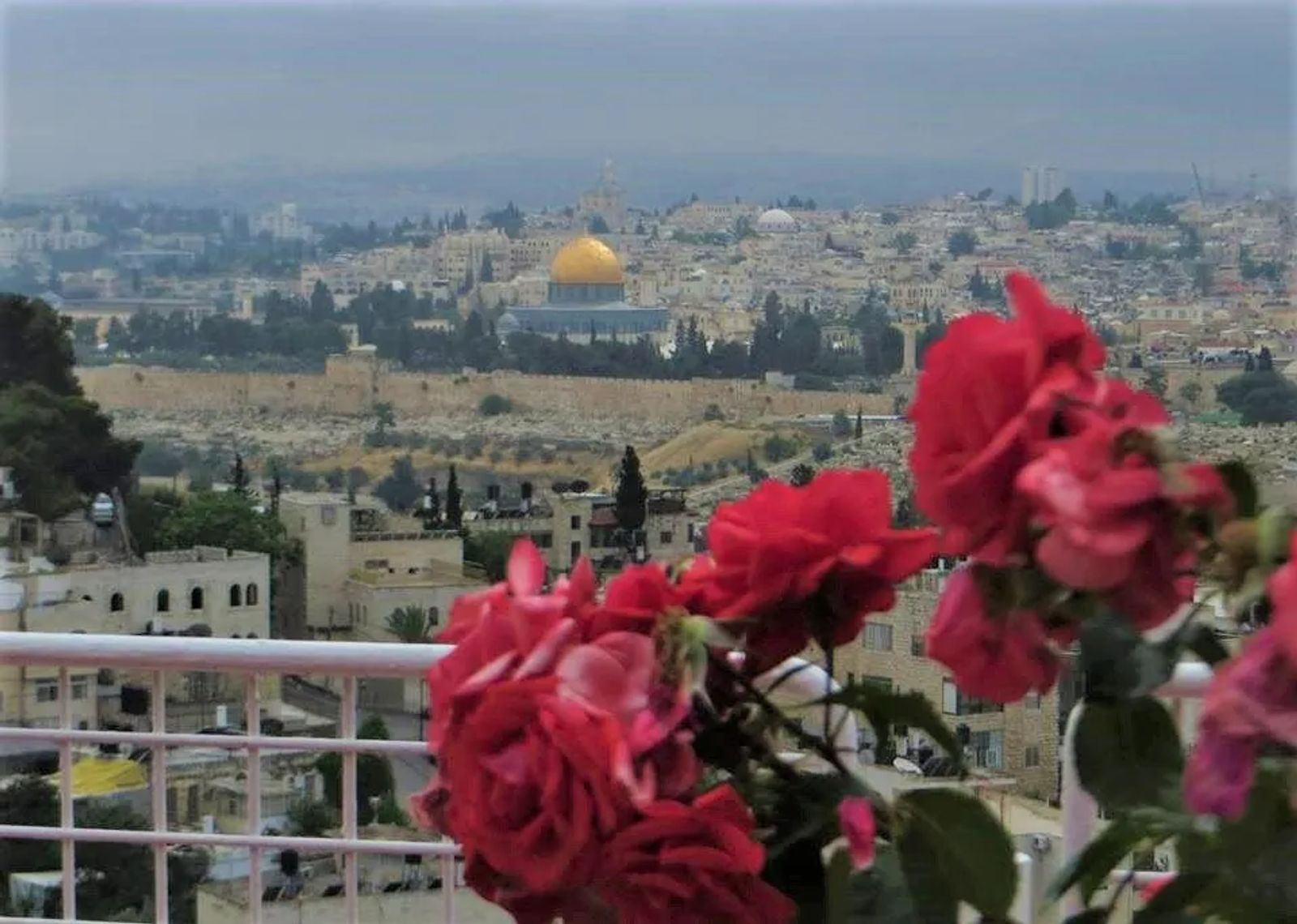
Top 25 Things To Do In Jerusalem (Self-Guided)
The history of the wars, changing hands, religious changes, celebrations, brutality has been ongoing up until the present day. As Archaeological digs continue, more facts about those who lived in this ancient city are becoming more clear and ever-present.
The argument of who has the official rights to the city is beside the point, the point is, is that with such a tumultuous past in the name of control and religion; it is very hard to visit this city and not be keenly aware of the fragile peace between Israel and the Palestinians.
To give you a better idea of just how passionate not just it's residents and citizens are here are my Top 25 Things to See in Jerusalem; and how to be culturally sensitive to both groups when visiting.
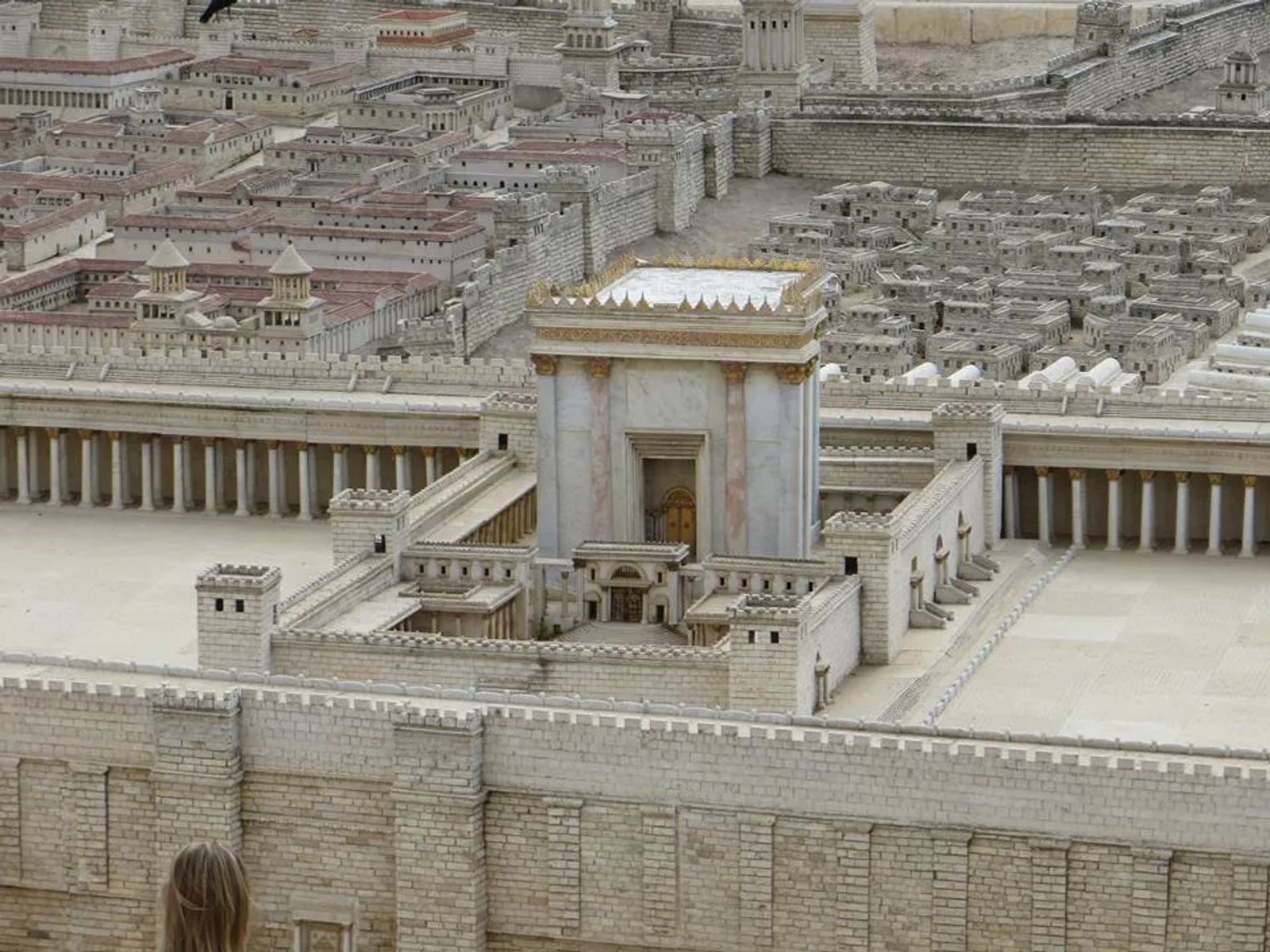
1 - Visit the Temple on the Mount
This is the place where you will find the most tension, yet the most spirituality between the two current clashing religions.
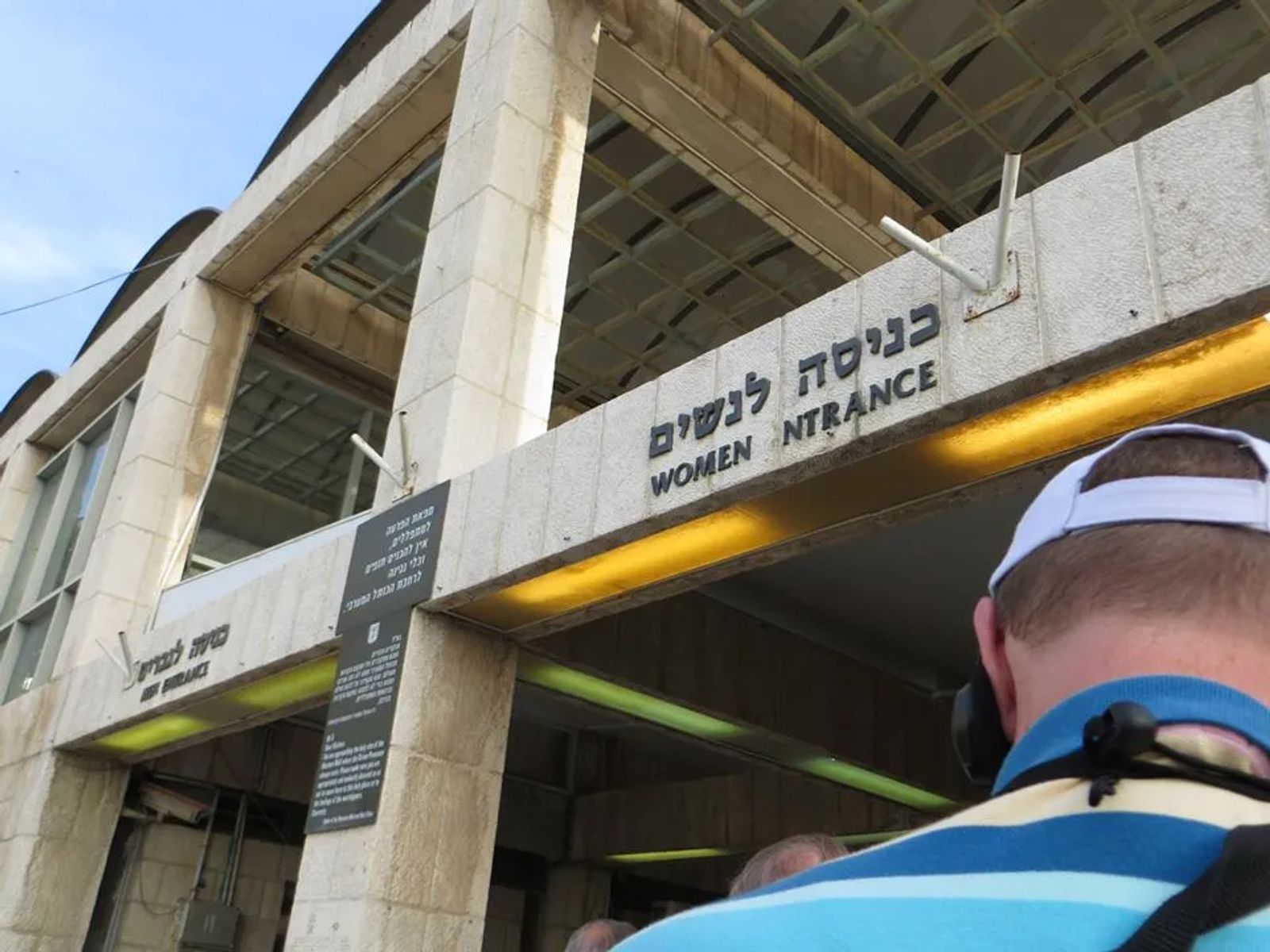
Separate entrances for men and women guard the way into the Temple on the Mount. You can go to the left and visit the wailing wall, where prayers are poured in by the 1,000's weekly.
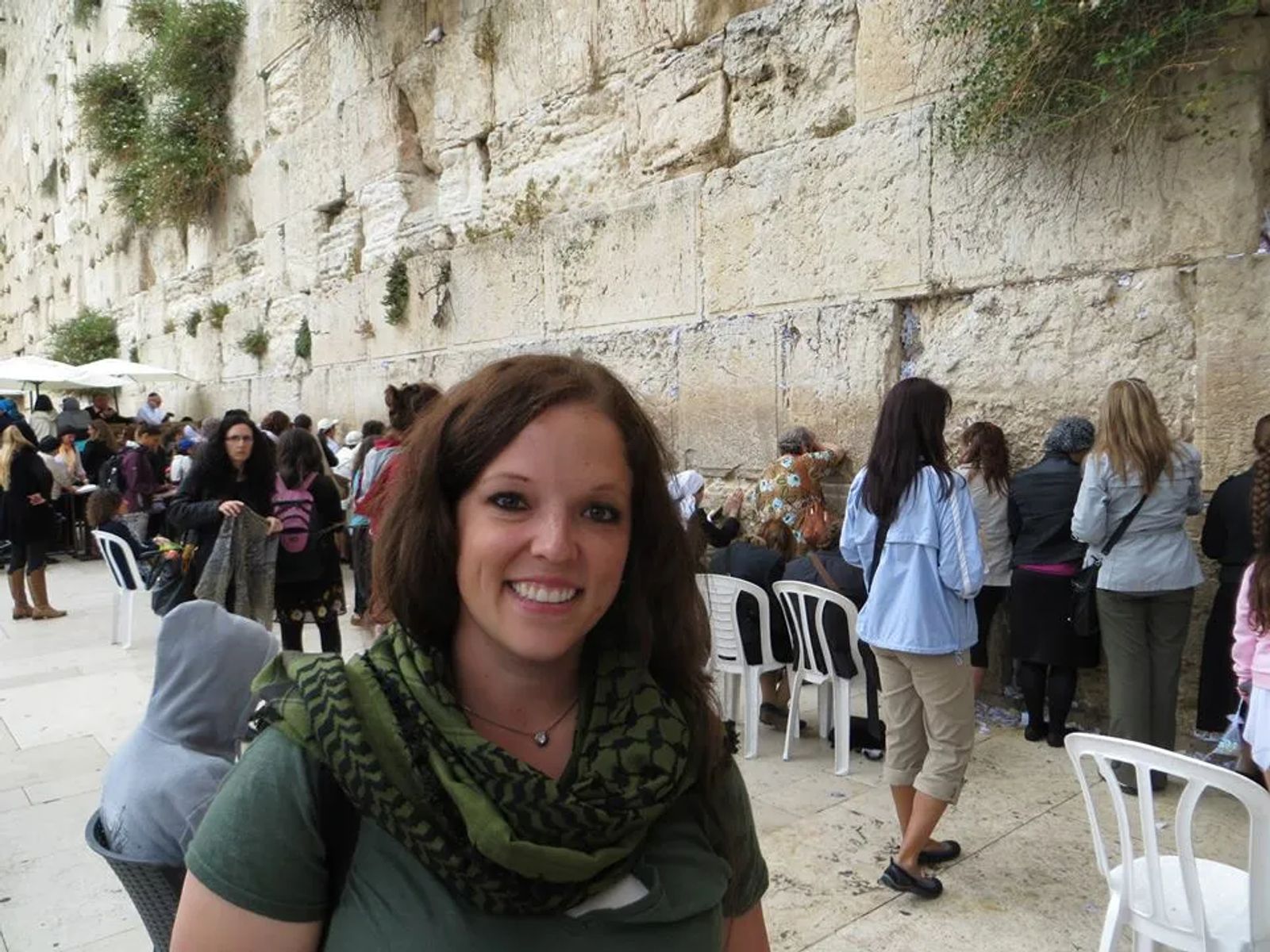
The wall is the remnant of the outer wall of the second temple of Jerusalem - which was not originally part of the Temple only surrounded it. The Second Temple of Jerusalem was originally built by King David around 70 CE. The wall measures 160 feet (50 m) long by 60 feet (20m) high and extends well below the part that is visible to us today. For nearly 1,000 years, the area was used as a garbage dump to humiliate the Jews, but after The Jewish people believe that the presence of the divine has never left this place.
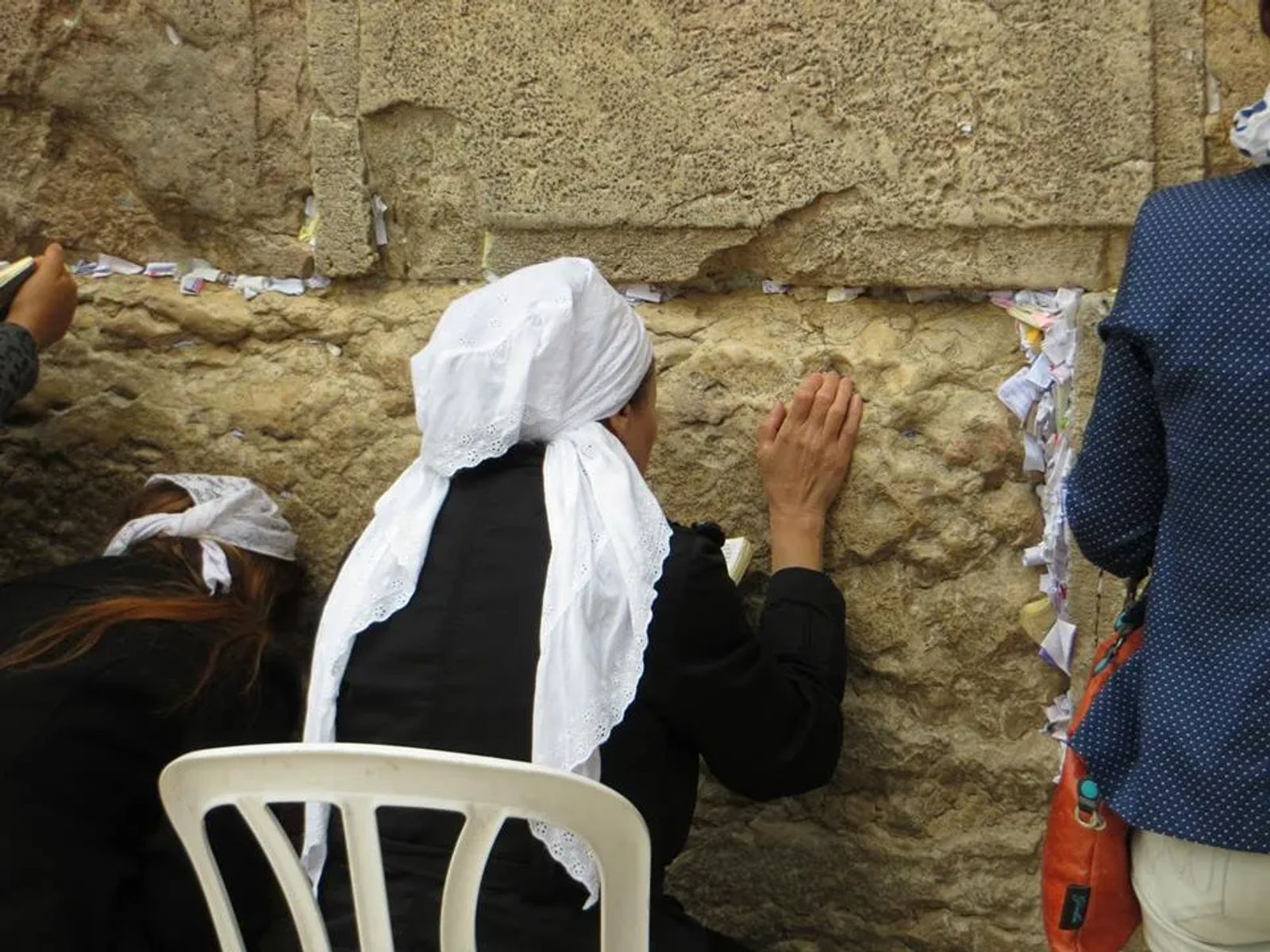
Prayers are offered up in mourning for the temple that was destroyed and pray for its restoration. To the Jewish people, it is called Kotel ha-Ma'aravi, this place is so well visited you can see that the granite flooring is polished from so many feet walking on it. Prayers are stuffed into every crack that can reasonably be reached. Male children are taught the word by their Father's and Grandfathers.
The women are not allowed to hold prayer meetings at the wall, nor can they wear prayer shawls here. There have been demonstrations with Ultra-Orthodox Jewish men who believe that prayer circles can only be held and led by men.
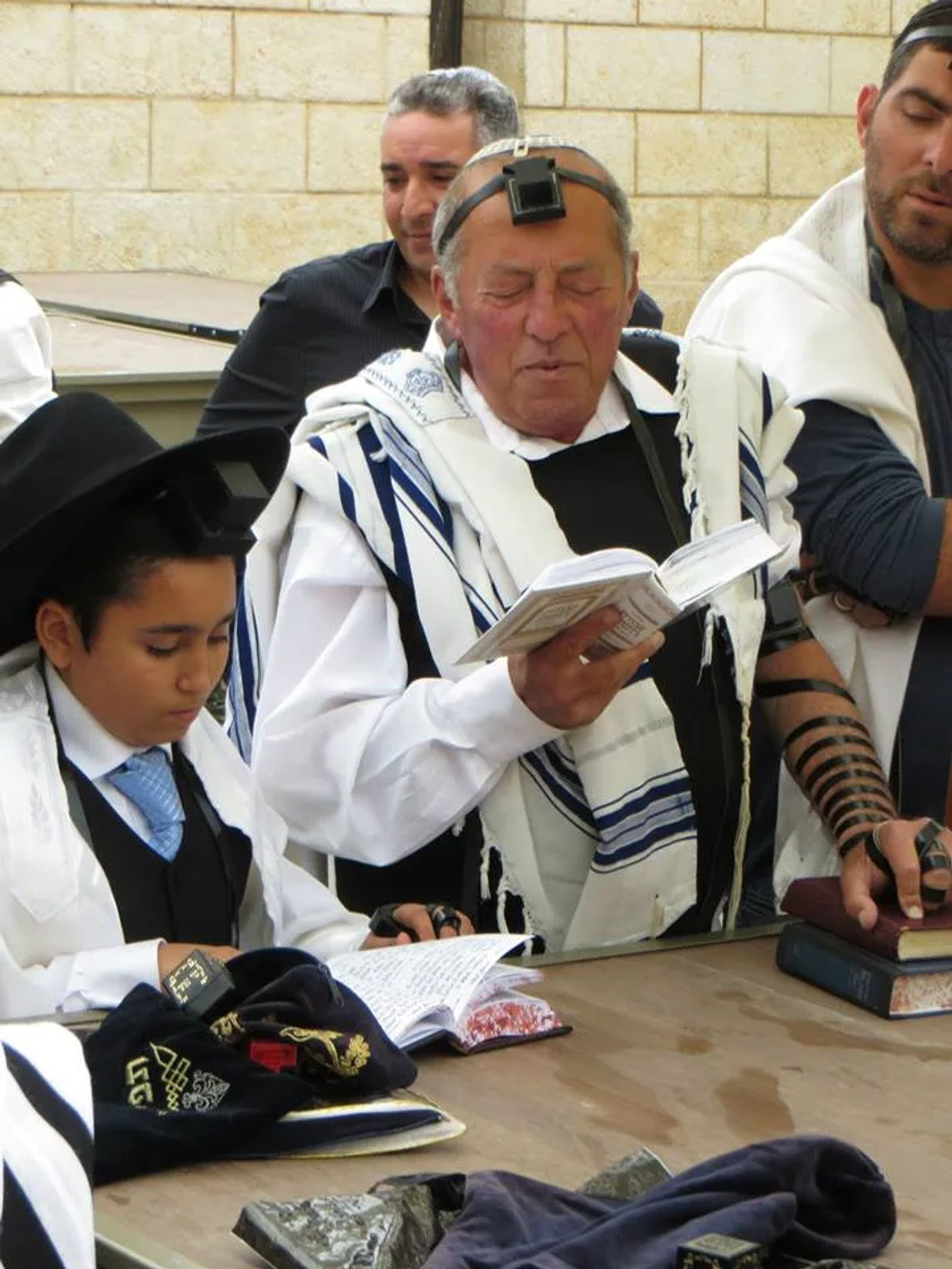
Some reports of prayer meetings being broken up by chairs being thrown, women being arrested for bringing prayer scrolls to the wall etc... However in 2016, space was created for women and men to worship together at the southern end of the wall known as Robinson's Arch; and the first co-ed prayer was held there on February 25, 2016.

If you head back towards the entrance, you will see a wooden walkway guarded by two armed guards. This is the entrance to the Al Aqsa Mosque, one of the seven pillars of the Islamic faith. It is the third most holy site for them behind Mecca and Medina. This is where Mohammad made his 'night journey' to the throne of God. The square on top of the mount, also known as Temple on the Mount, can accommodate up to 5000 worshipers.
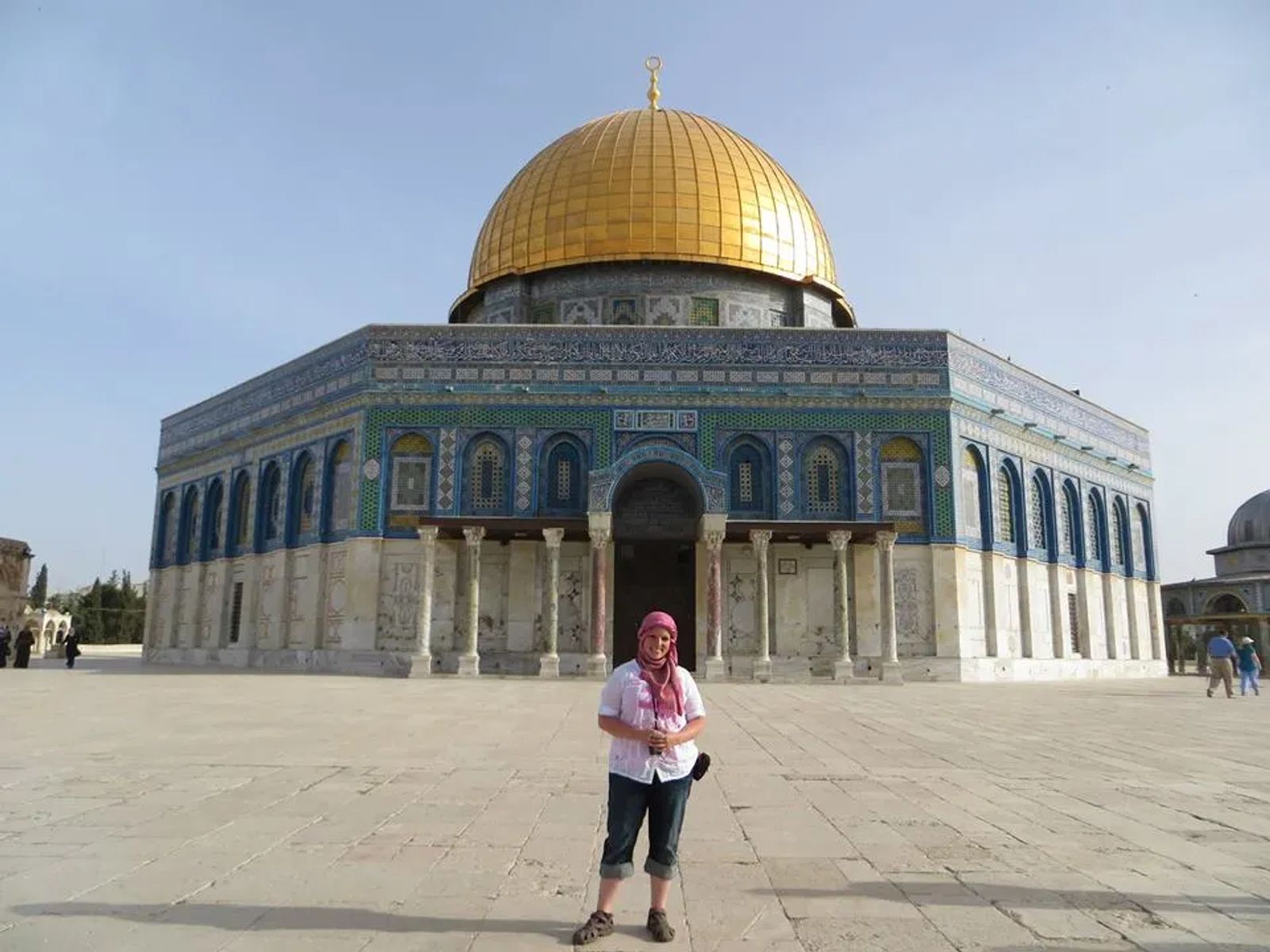
It was originally built around 710 AD, but collapsed into ruin about 5 different times from Earthquakes, having to be rebuilt each time. Crusaders took over the area and used the temple as a headquarters until Saladin re-conquered the city. The crusader's embellishments were torn down except for the Southern portion that is used as an Islamic Museum and Women's Mosque now.
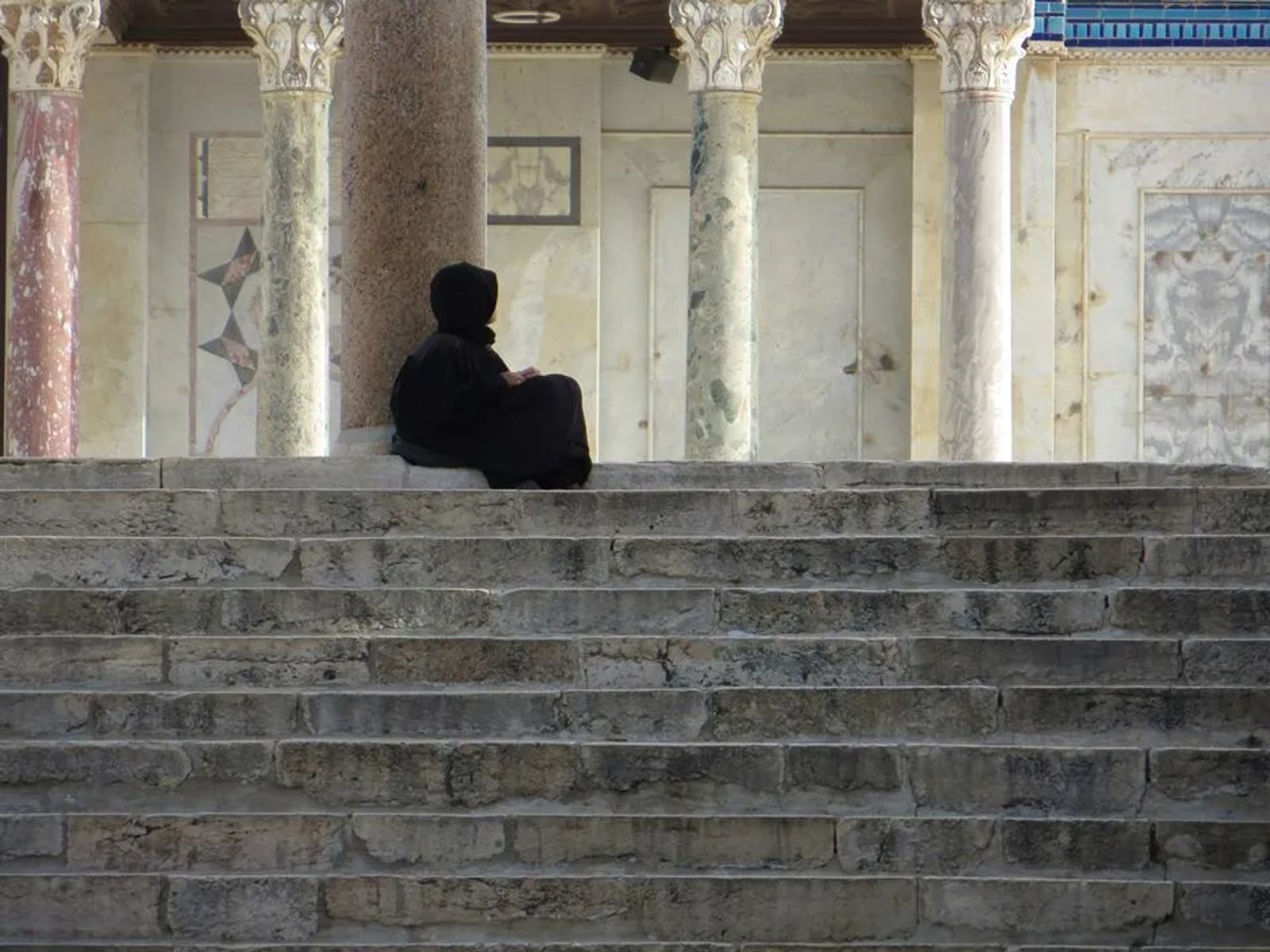
Visitors were previously able to peer inside the Mosque during visiting hours, but after a crazed Christian man (allegedly) set a fire inside and destroyed the 12th-century table of Saladin's....all non-Muslim visitors were banned from entering. Now you can only visit the Temple on the Mount during certain hours, it can close without warning for protecting it, it is closed on Friday and Saturday as well. If you visit, women need to have their hair covered (out of respect) have modest clothing, you cannot wear anything Jewish or bring anything Jewish related with you onto the Mount.
Despite the perceptions of these two religions, as visitors, we should be respectful of their beliefs and abide by their rules. If you keep an open mind, and an open heart - you will see just how spiritually uplifting those so incredibly dedicated to their different causes can be just in observing them.
The tensions between these two predominant religions within the city go back centuries. The most current disputes are the same as they have always been, but are still seen frequently between believers. While we were there learning about the history of the Mosque, it was the Jewish Independence day, and Jewish people are not allowed on or near the Al Aqsa Mosque.
This day, however, about 20 men dressed in traditional Jewish garb formed a line and started to walk towards Al Aqsa Mosque. Those who were praying in fervent prayer, arose from their places of worship and slowly started walking towards these Jewish men crying out 'Allah Aq Bar', meaning God is Great. You could feel that the tension was there, and the Palestinian men in arms formed a barrier between the Jewish men and those walking towards them. Our guide hurriedly asked us to follow him, education on the Mount hastily halted and we were ushered down a side exit where our guide had a key.
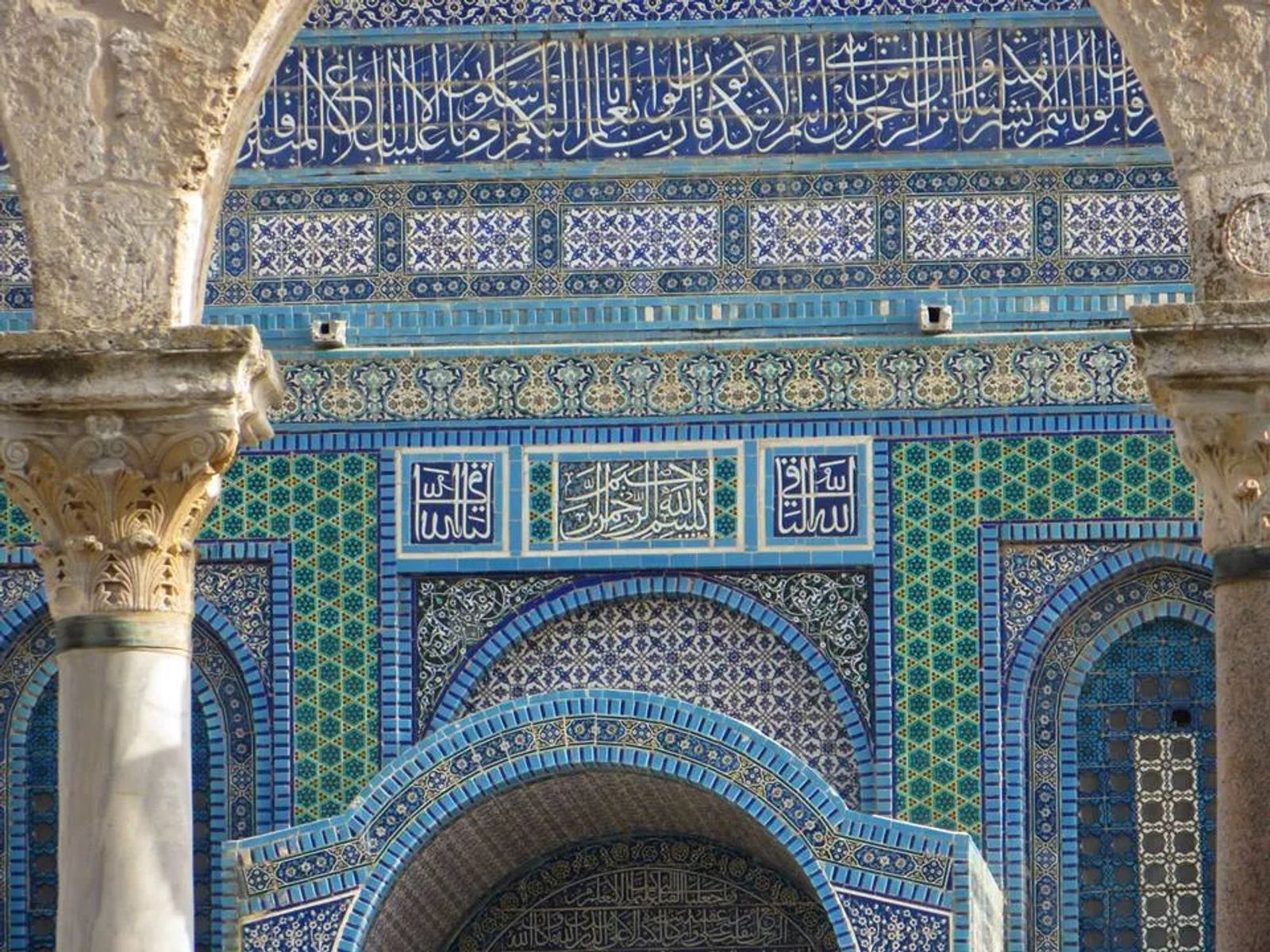
I left that place with both peace and sadness for the two parties that have been warring for so long. I can see both sides of the argument, each side wants justice for injustices they feel have been inflicted upon them. There is a fragile peace between Israel and Palestine, that is not easily explained, is incredibly complicated and may not have a solution for thousands of years to come.
2 - King David's Tomb & Tower
I didn't really understand what this tomb meant to the Jewish people when I visited, or why the different areas needed to be separated. Why was King David so important to the people?
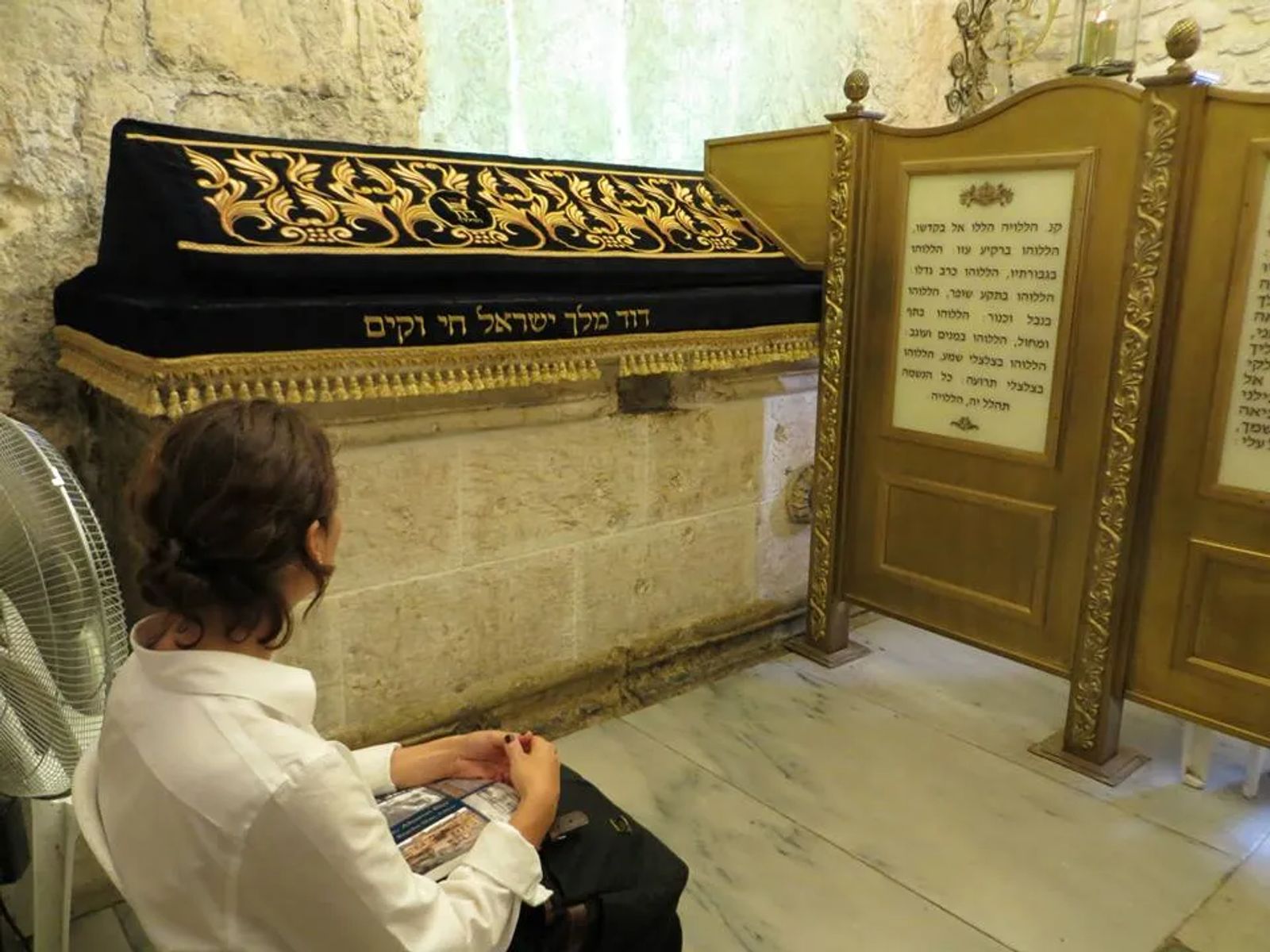
This is one of the holiest sites for the Jewish people, he is celebrated as the warrior King of Israel. He is revered not just for his warrior spirit, but also for writing many of the Psalms in the Old Testament. For Christians, the room above King David's Tomb is the room where the Last Supper is Traditionally said to have been held.
While archaeological digs have yet to reveal the actual resting place of the warrior King, Jewish people will traditionally worship him here. It is a tiny cramped room, only allowing a few people in at a time. The room is further split into two sections, one for the men and one for the women to worship. The entrance hall to the tomb is traditionally where Jesus is said to have washed his Apostles feet as well. The walls surrounding the tomb of David is also said to be known as the church of the Apostles because of the dating of the walls surrounding it as well.
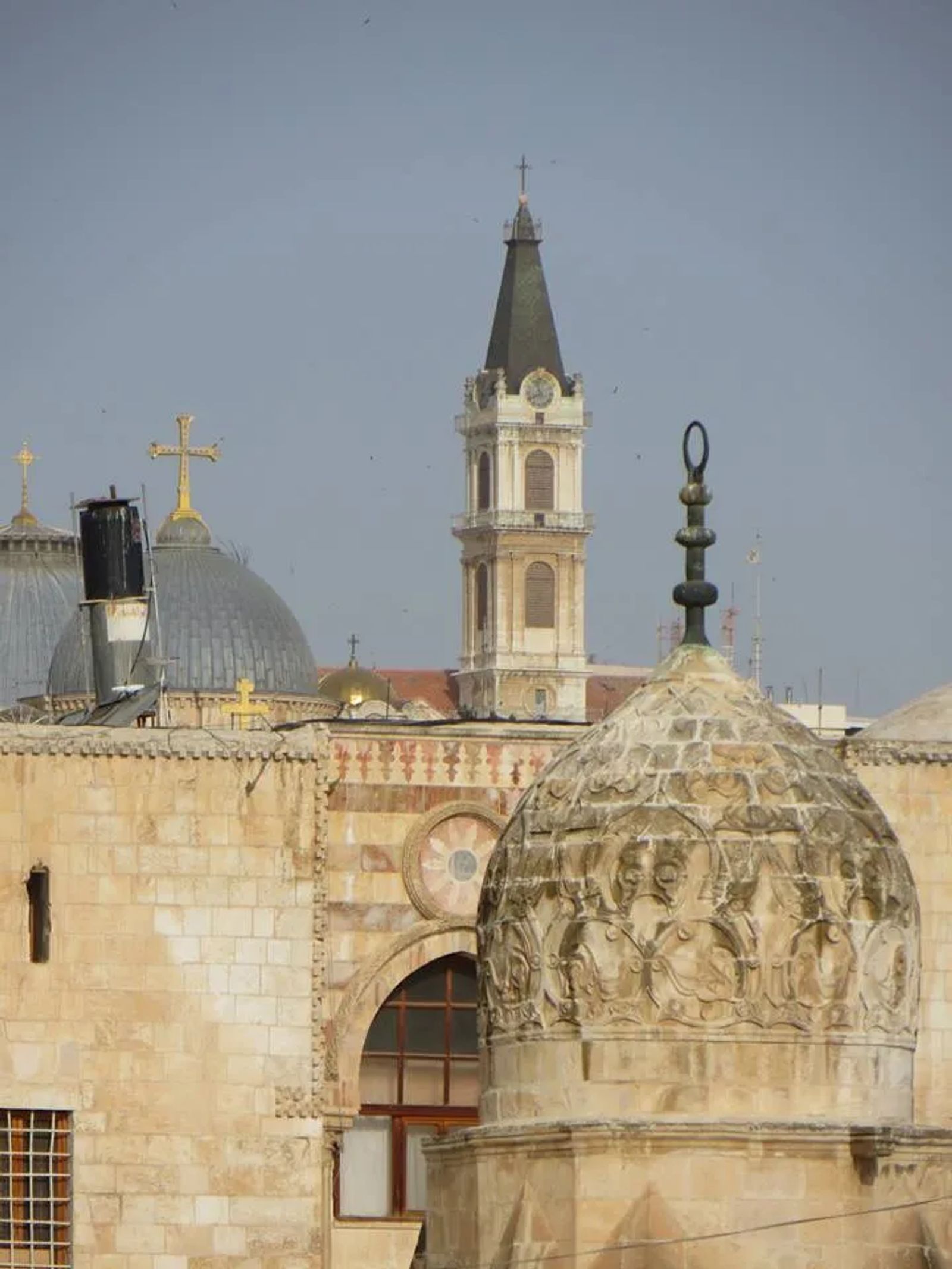
The Jordanian rule of the Temple on the Mount and all surrounding areas did not allow Jewish believers to visit the Western Wall; they ended up worshiping here instead.
3 - Visit the Church of the Nativity a UNESCO Heritage Site
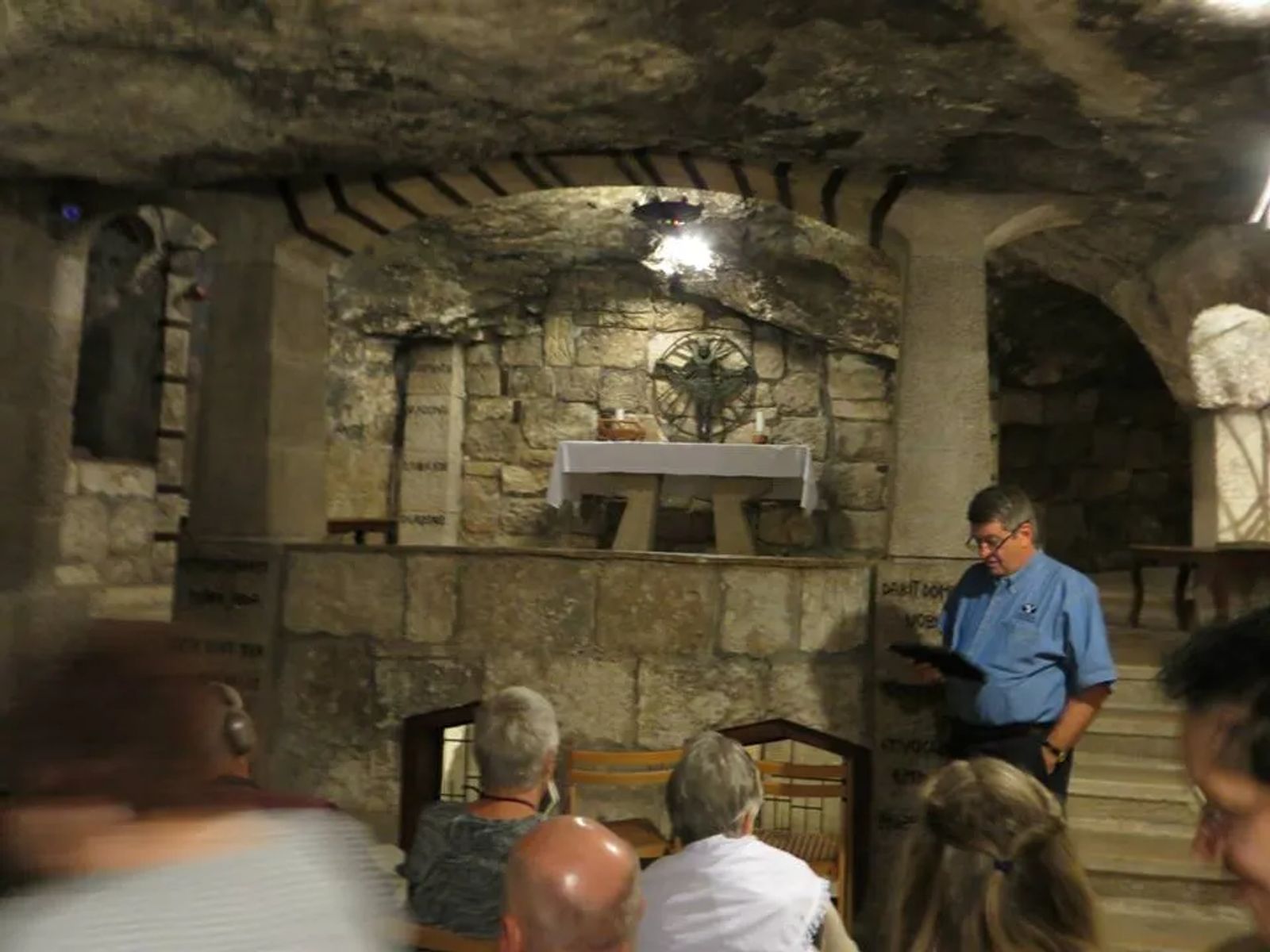
While not exactly in Jerusalem, I still wanted to put this one on the list as it is in Bethlehem which is 6.2 miles (10 km) south of Jerusalem....the Church of the Nativity. This is the traditional site (since 2 A.D.) of where it is believed that Jesus was born. As religion morphed and grew, a Basilica was placed over the site in 339 A.D. The current church overlaying that basilica is from the mid 6th century.
Before visiting Jerusalem, I hadn't really done my research on what to expect when visiting these holy places. I would caution you to not go expecting to see a humble stable or peaceful place of worship. There are three different religions who occupy the same space, with such tensions arising over the control of the religious edifice that a treaty had to be signed that joint custody of the building is shared among the groups. It can get quite crowded, and people are extremely passionate about not having you in front of them to see the sacred areas. I would humbly suggest, just wandering the building and seeing all the adornments of the building, as they are just as impressive.
If you head under the chapels and kingly adornments, there are some small and simple stone chapels underneath the church - just as it would have been during the time of Jesus. Here you can quietly sit and contemplate the life of a man that means so much to nearly every religion in the world.
If you are near the Church during Christmas time, the Pilgrimage Route is walked, led by three of the religious leaders along the path that Mary and Joseph (Jesus' parents) walked on their way to Bethlehem. The road connects the traditional entrance of Bethlehem, with the Church of the Nativity, and extends along Star Street through the Damascus Gate (the historical gate of the town) towards the Manger Square.
4 - Visit the Church of the Holy Sepulcher in the Old City of Jerusalem
This site is very important to Christians the world over, as it has been held as the traditional site of the crucifixion of Jesus Christ since the first Crusade. While the site itself was originally a Temple to Venus; the Temple of Venus was torn down by Constantine and a stone grave was found here. This grave was assumed to be the Tomb of Jesus, a Holy Relic of a remnant of the cross he was crucified on was said to have been found here.
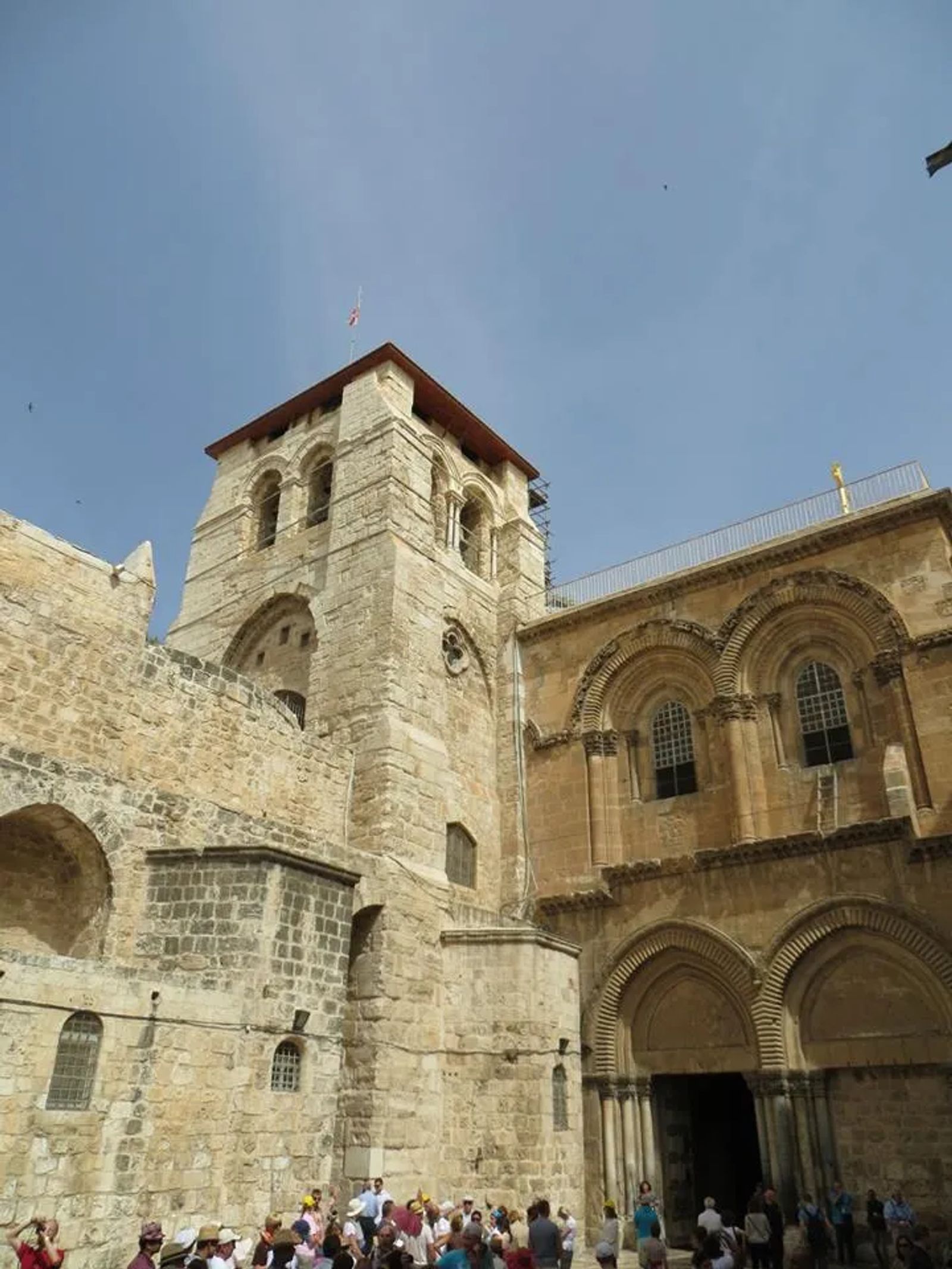
While tradition holds this to be the site where Jesus was crucified throughout the centuries, archaeological scholars argue that it may have been elsewhere in the city. Mixing science and religious traditions is always a dangerous venture so I won't go too heavy into this, but just know that throughout Israel - holy Christian sites are constantly being argued and trying to be proved or disproved.
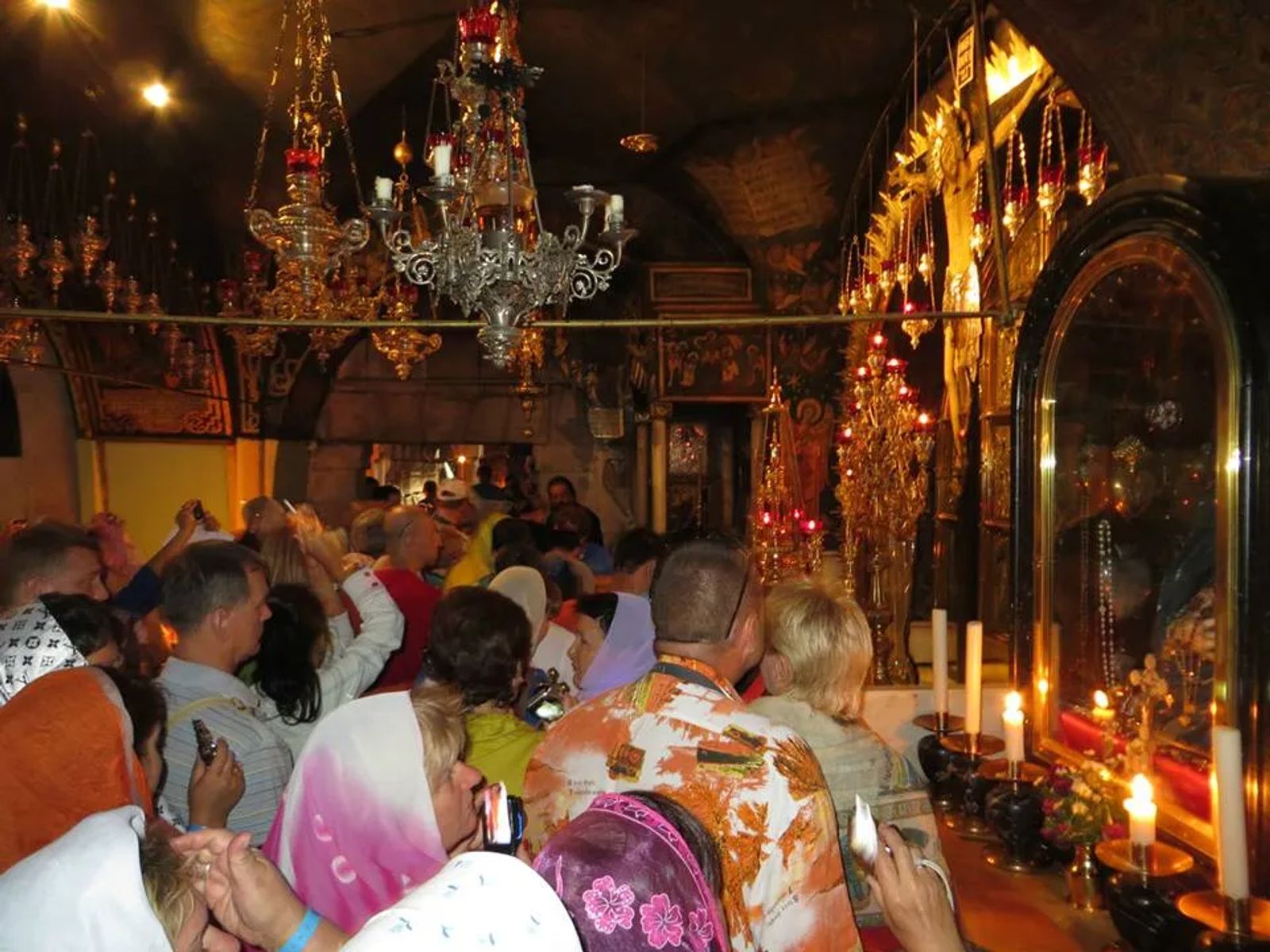
To me, this place was an absolute madhouse, in the best and worst ways (at least for me). There were women crying with shawls on their heads, rubbing clothes and scarves over the stone on the ground (believed to be the stone where Jesus was laid after his crucifixion). While I don't understand the intricacies of interpretation in each religion, this particular practice took me off guard. In my own practices, I traditionally am quiet, reserved, and quietly contemplate religious ideals and offer a private prayer within my heart to that which I believe - as I feel this is the most reverent way to honor that which has gone. I do know there are some religions that the more you weep and wail, the more you show you miss the person. Maybe this was part of that ceremony of death that is associated with certain religions, maybe it was just these individuals....I don't really know. It taught me something seeing it this way though, these women were worshiping in the best way they knew how and what was true for them. I decided I couldn't fault them for that--- and politely let them worship as I moved through the crowd trying desperately to find a break in the mayhem of tourists.
The buildings were so large, the spaces were so crowded, I couldn't even feel peace and my brain was not allowed a time to ponder. It was very disconcerting and a part of me was frustrated that I was not able to find a place to think. There was incense being burned in a chapel I passed which triggered my Asthma and then my anxiety set it. I immediately told my guide I needed to leave just so I could breathe easier - and quickly found the exit.
I think that the most spiritual part for me, was when I left the building. Seeing people from all walks of life flood into this place to worship, take photos, rub their scarves on the stone, shed a few tears of grateful joy is what impressed me the most.
In a time of social media, popularity contests, and bragging rights......with all the efforts people impart to 'be remembered' - a man born into a stable has survived the test of time. How would it be to have wars fought for you and in your name? How would you feel to have people weeping at your coffin thousands of years after you died? It deeply impressed me that so many people, after all this time, still felt so much for a humble carpenter. It was very moving to see how it brought us all to the same space to worship the same thing. Now if we could just remember to do the same thing in our day to day lives, would we still have wars? If we truly sat down and focused on what was important.
In Israel, however, clashes over the Holy Sepulcher still continue to this day and may continue throughout all of time, unfortunately.
5 - Visit The Israel Museum
Here you will find the replica of the Holy Land and how it looked in the day of Christ. It is quite impressive in its detail, scale, and replication. Be sure you get an audio guide, or have a Biblical Historian with you, to give you an idea of each of the areas within this Ancient Holy Land replica and what stories they correlate within the Bible.
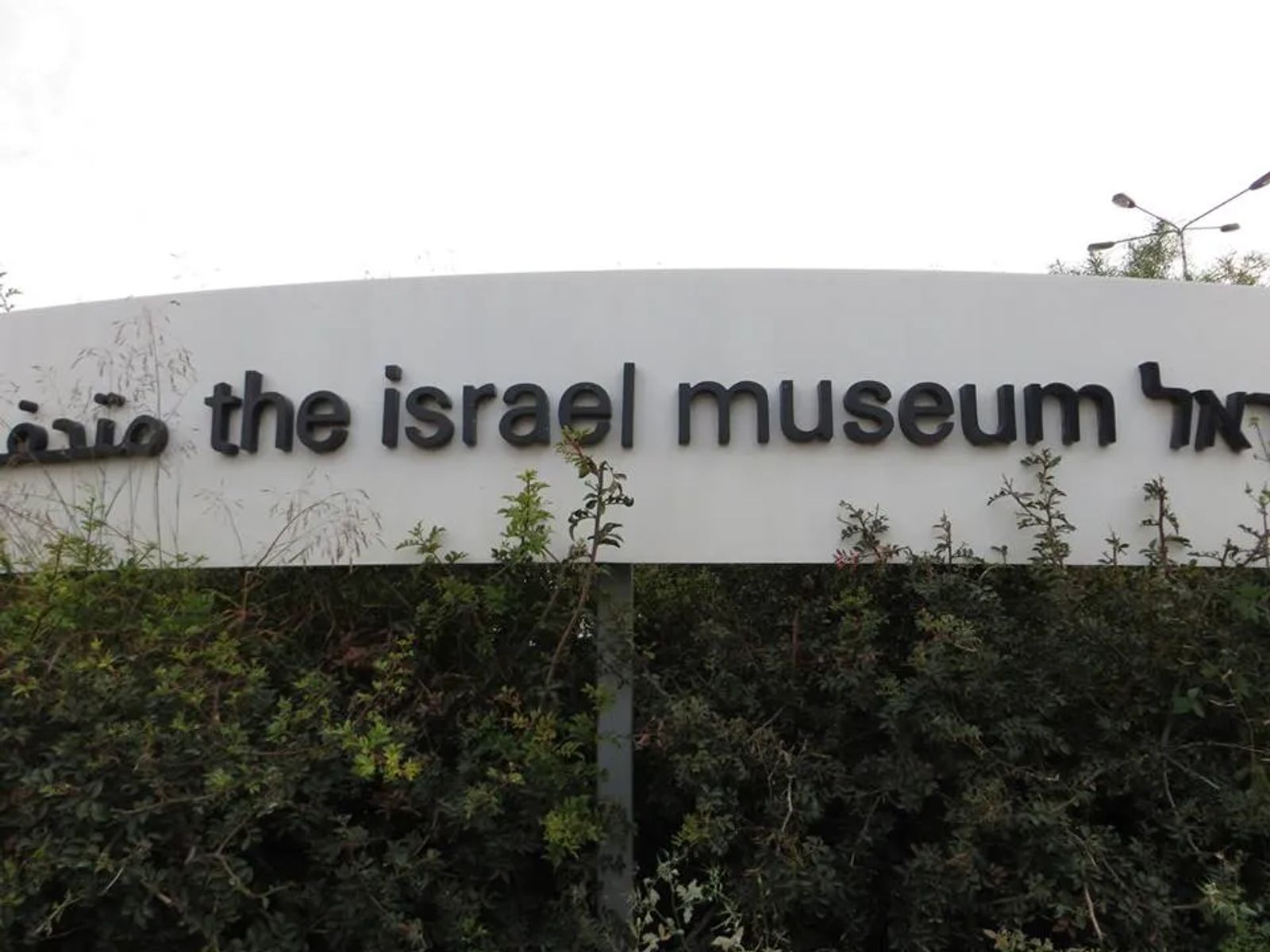
It was startling how much it helped my understanding of where things were and how the land was laid out. It is much like an ancient Google Maps, where you can get a better idea of and trace the steps of Jesus Christ. Even how the land behaved during rainstorms, how they collected water to bathe, where the different bathing pools were for each social class. Then you see where they dumped their storage, where the Second Temple of the Jewish people was located - so when visiting the Temple Mount you can imagine what it may have looked like.
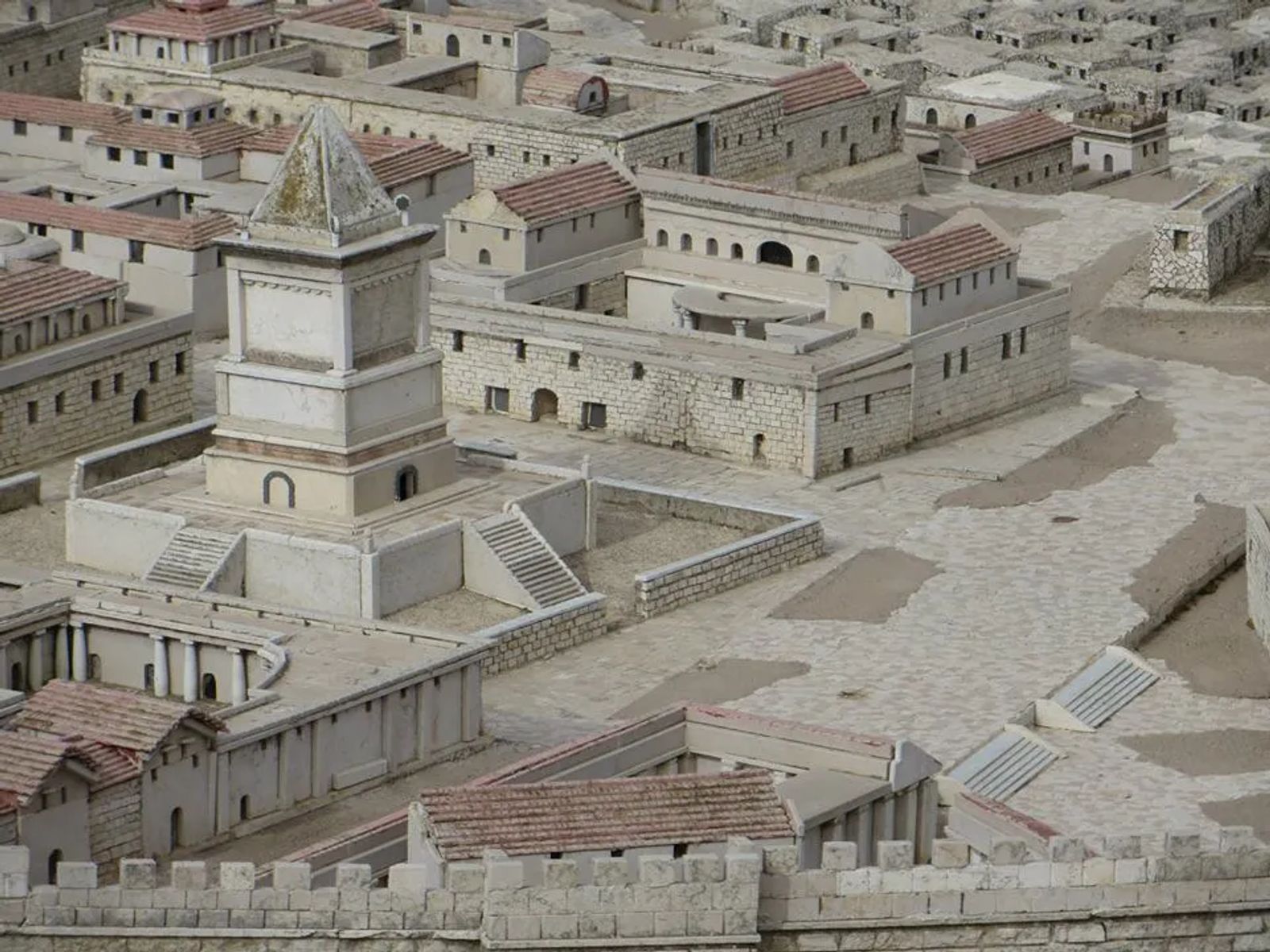
I can't wait until they have an interactive movie on the Bible stories, where you can enter a 3D version of it - and watch it all happen as if you were a member of the crowd or a religious follower. (Ahem....can someone please give this to the appropriate powers at

The most important collection in this museum, are the Dead Sea Scrolls. These are scriptural texts that were found near the Dead Sea (in Wadi Qumran) around 1947, yet the age of the scrolls themselves date back nearly 2,000 years.
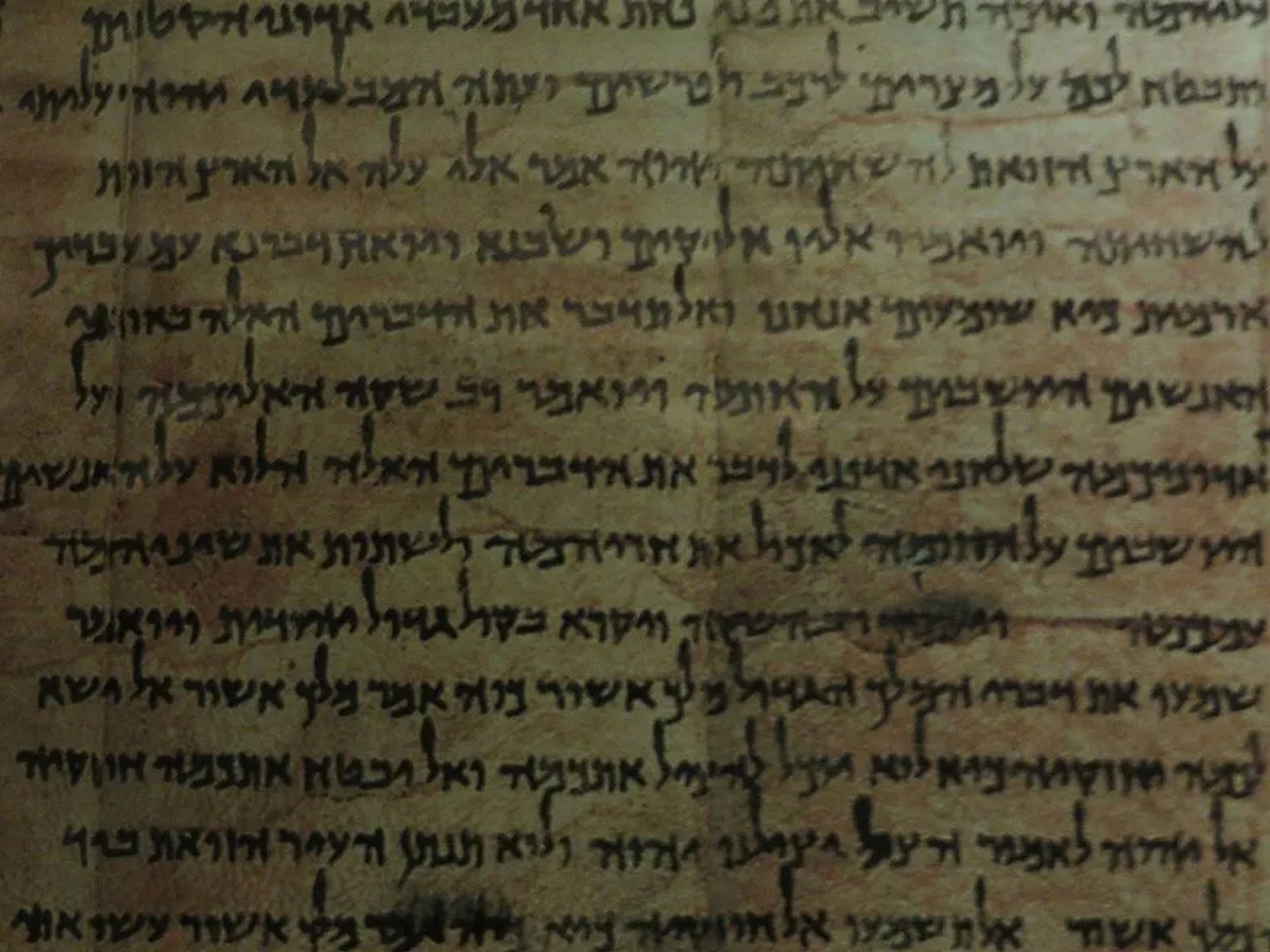

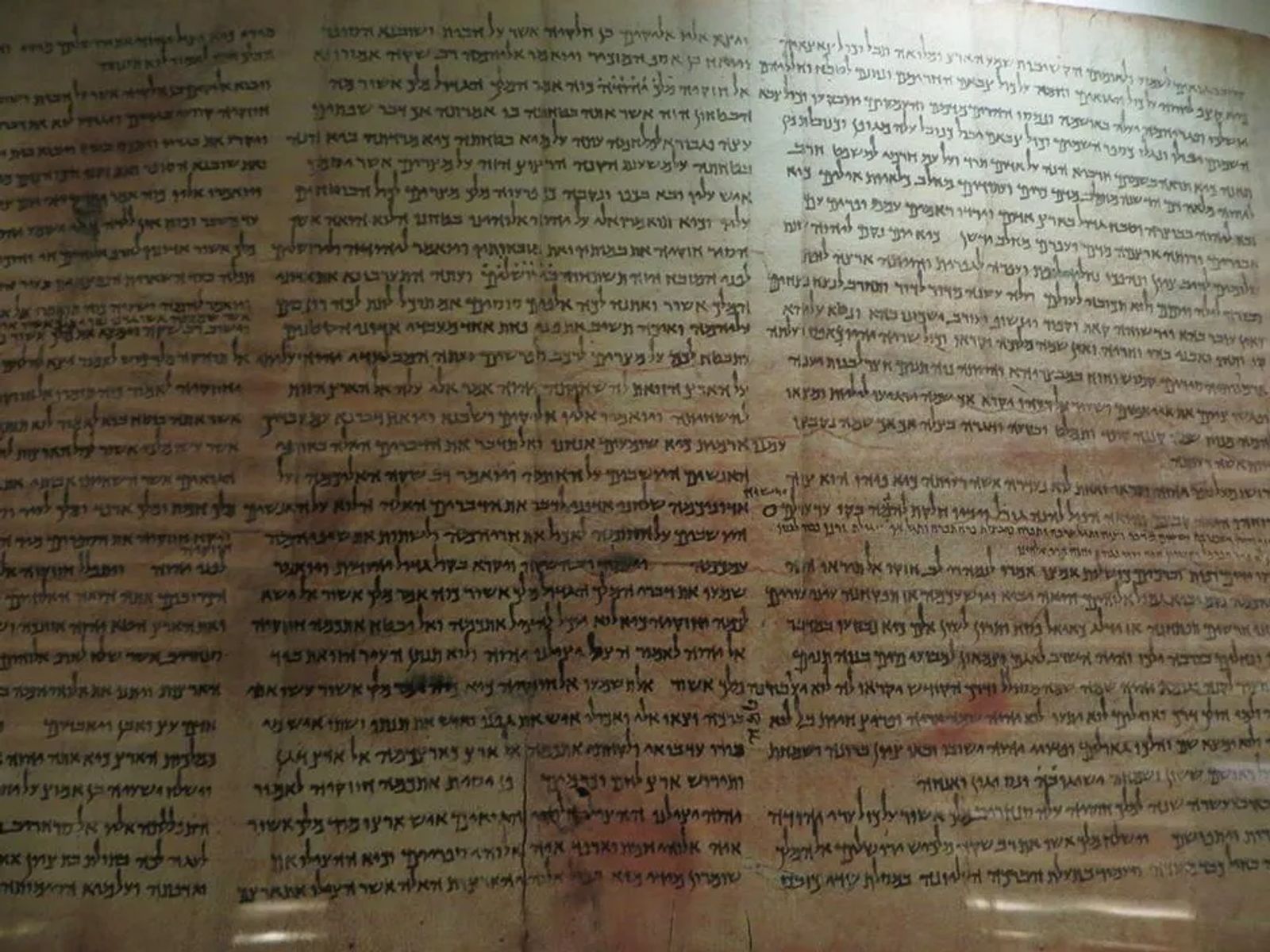
When a young Bedouin sheepherder was climbing through the cliffs and found a crevice to which he threw in a rock to see how deep it went. He was surprised to hear something break inside. After a series of events, the scrolls were sold to a few different antiquities dealers and eventually led to the Israel Museum acquiring them for preservation and ability for all faith's to witness the greatest find of the 19th century. The earliest translation of these scrolls led to three being published: The War Scroll, the Thanksgiving Scroll (Hodayot), and a second copy of Isaiah.

Since this that time, thousands of Scroll fragments in 10 additional caves—in total the remains of over 900 manuscripts have been found. These scrolls are being preserved and revered by thousands in the Shrine of the Book, located within this Museum.
6 - Visit the Shepard's Field
This is a quaint place to visit, and our guide gave us some incredible insight into the lambs that were kept in these fields. It was incredibly important to have sacrificial animals for the Temple in Jerusalem (the Second Temple, which was still being utilized prior to the death of Jesus Christ). The lambs kept in this field were the best of the best, and even the Shepard's were specifically chosen for the task of caring for the animals for the Temple.

I find it very fitting that these were also the same Shepard's that were asked to visit the babe in a manager. The symbolism of this is remarkable if you sit and ponder on this for a while.
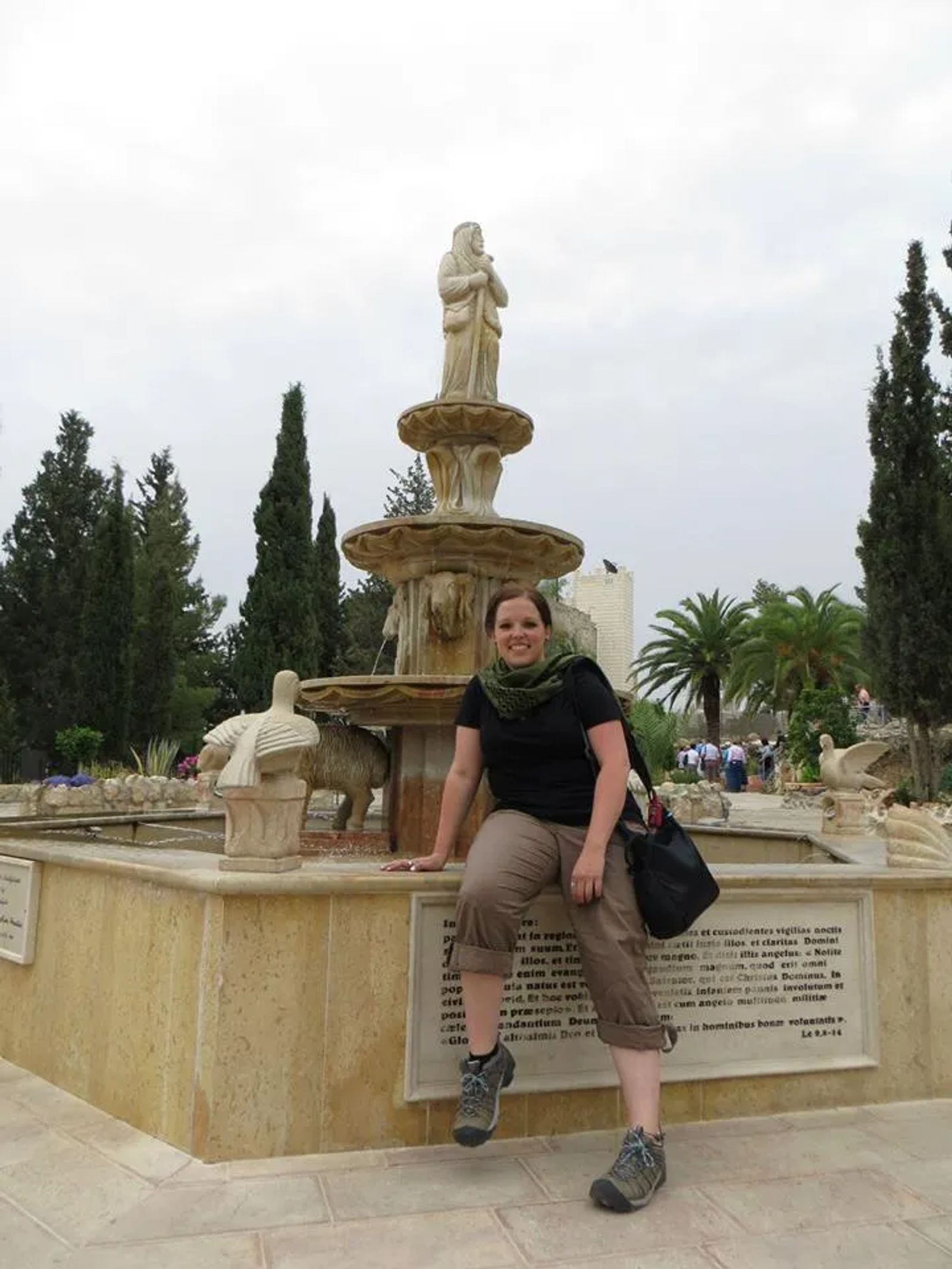
Traveler Tip: There is an incredibly good Restaurant right near here (I don't remember the name), but it has the best Mint Tea and Hummus in Jerusalem (of what I was able to try - and I ate A LOT of hummus).
7- Witness a Bar Mitzvah
While visiting the Temple on the Mount, if you go on a Friday - you can see a Bar Mitzvah! This is where a thirteen-year-old Jewish lad is celebrated for his reaching an age where he is spiritually, emotionally, and physically ready to observe the commandments of the Torah.

If you directly translate this, it means son/daughter of the Commandments. Celebrating a Bar Mitzvah is not a commandment, but more of a tradition of the Jewish people. A Bar Mitzvah is for a boy, and a Bat Mitzvah is for a girl. Head to the Western Wall on a Saturday morning and you may see several of these celebrations.

They are hard to miss, as they are typically accompanied by drums, horns, music and large canopy over them, or raised upon the shoulders of his family members. It is really quite a party, and cheering as the boy passes by with his family, or clapping to the music is encouraged ;)
8 - Visit the Church of St. Peter in Gallicantu
Don't skip over this one! While it is a church dedicated to Peter's denial of Christ three times, and then reconciliation - there is something even more interesting. This is the traditional spot where Jesus Christ was believed to be held before his trial and subsequent crucifixion.
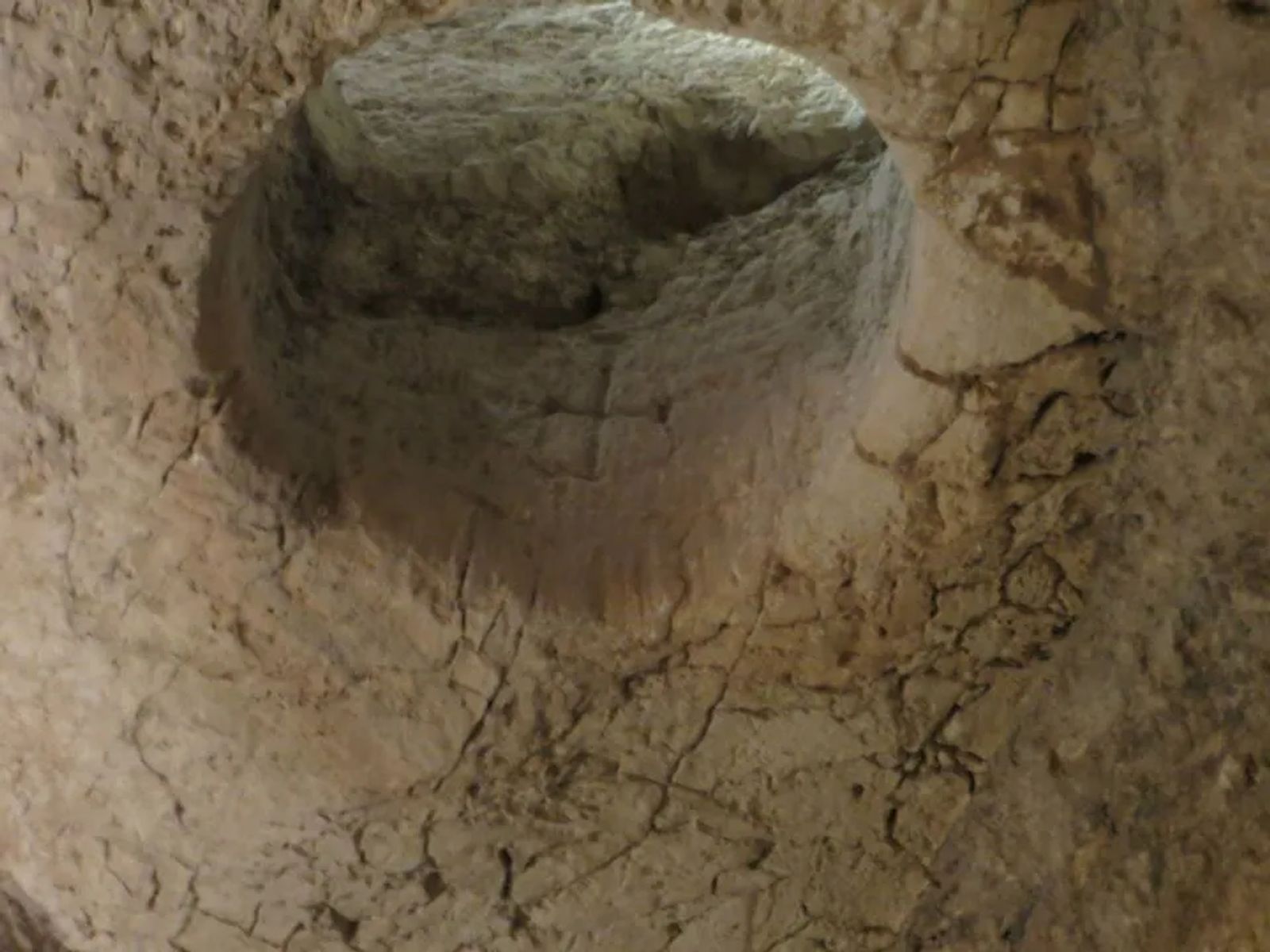




There is an argument among archaeologists on this point, but if you descend into the stony pit and look up at the hole where prisoners were lowered; you can see a crusaders cross painted on the edge of it. The painted cross has been dated, and the slots in the surrounding stone where prisoners were tied are consistent with the time period of Christ.
9 - Visit the Brigham Young University Jerusalem Center for a Concert and incredible views of Jerusalem
This is not a well-known site to visit, but is a unique center where you can see how Olive use to be pressed - and is (at times) still utilized for educational purposes. Walk among the beautiful garden with incredible views of Jerusalem.
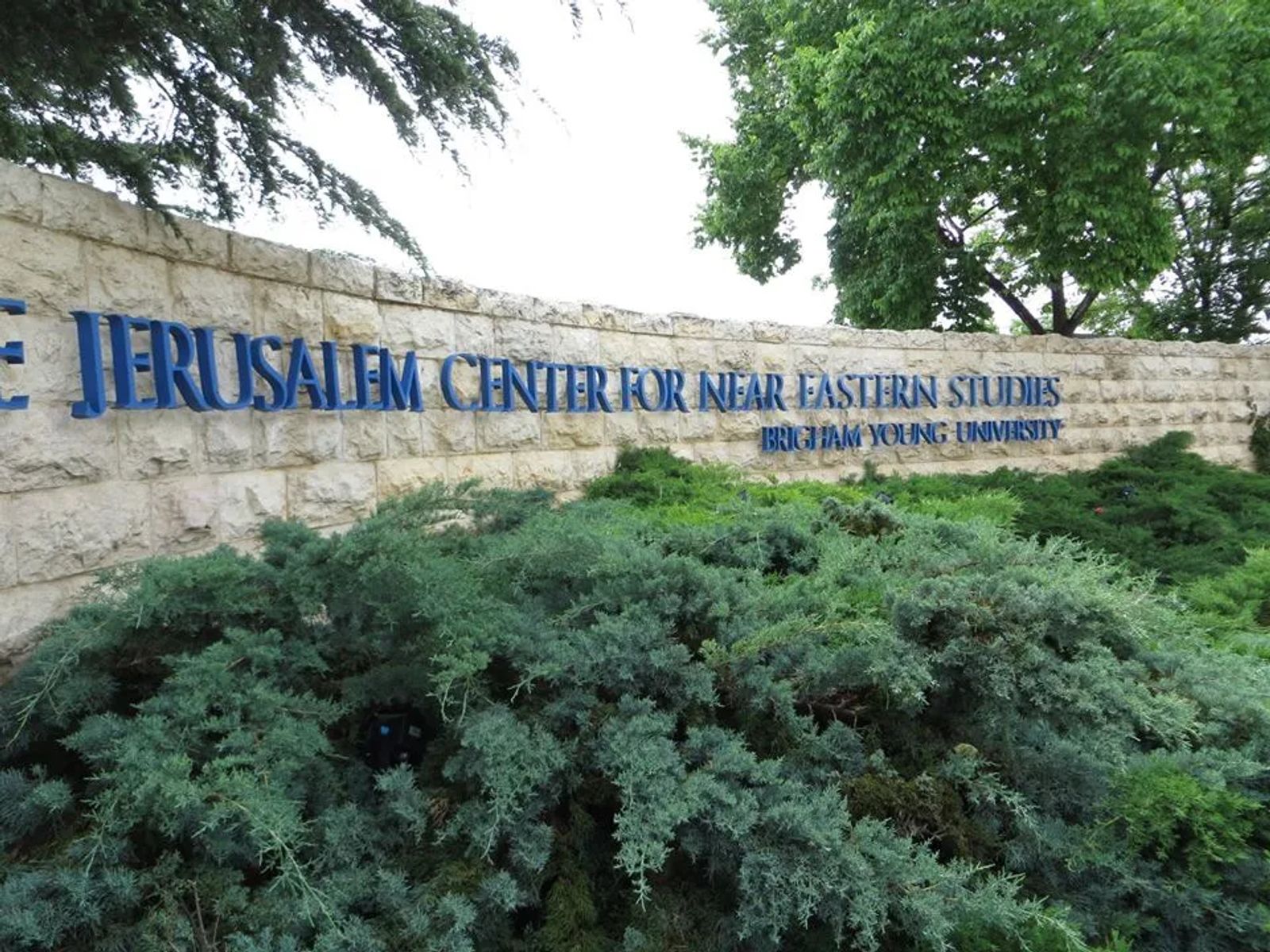


Here you can also learn about how education about the dynamics of the different religious factions within the city are functioning, their belief systems, and you will be able to learn of the intricacies of their beliefs.
If you are looking for relaxing things to do in Jerusalem, you may want to plan your visit for a concert here. If you would like more information on their concert series, email: concerts@jc.byu.ac.il
10 - Visit the Bible Lands Museum
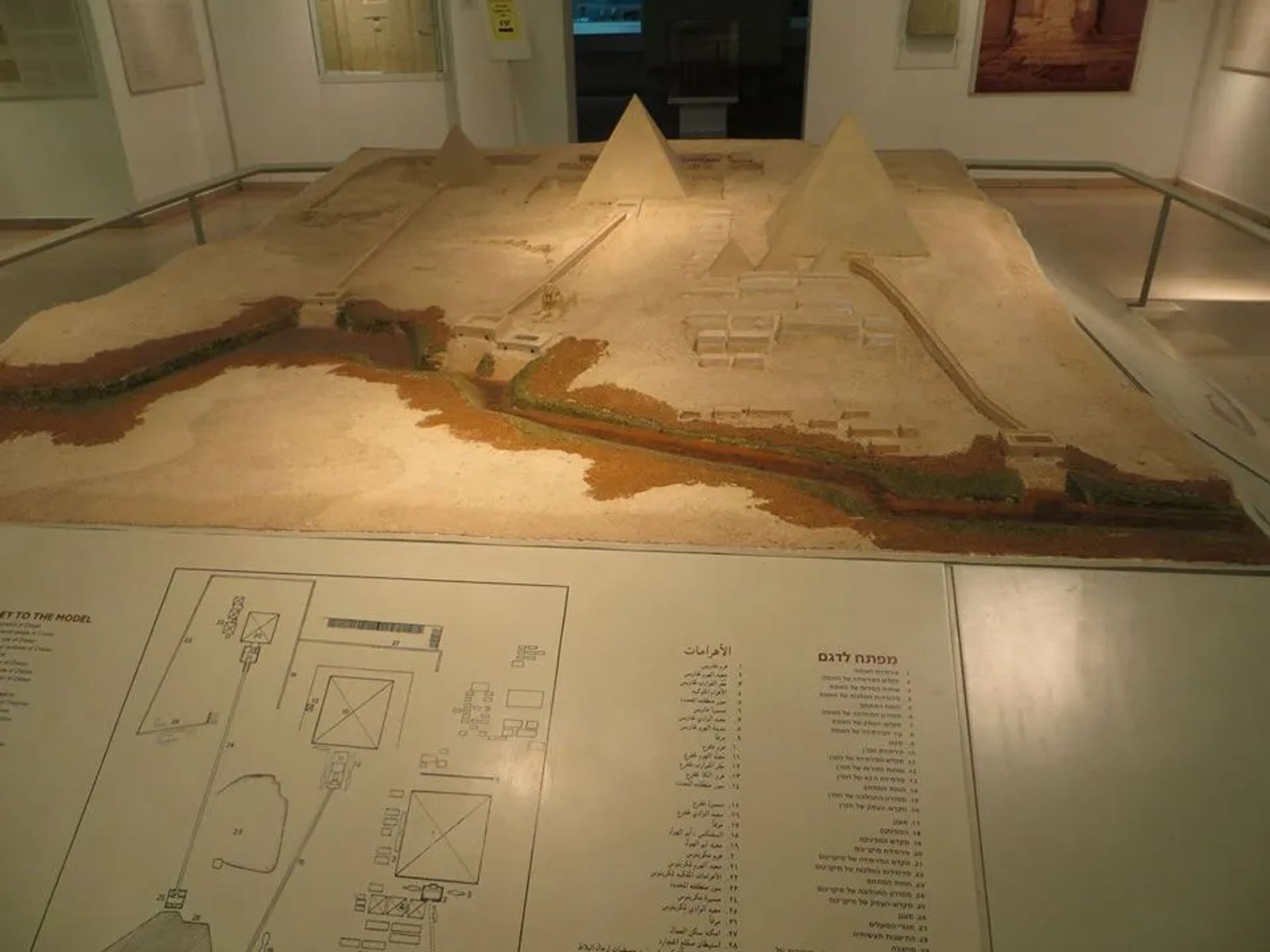
Although it is rated as the number ten, in Museums to visit on multiple travel sites I still think it is worth a visit. Every single room, artifact, and a display is geared towards educating those from every religion about what biblical life was like. The artifacts and displays are correlated to the different books and time periods, the oldest artifacts dating back to 1550 B.C.E. For me, it was the perfect ending to my two week trip on the Holy Land.
I had learned so much throughout the week, and the museum itself was not as crowded as the cathedrals, basilicas and other museums I have been in. Having this be my last stop on my tour really brought the whole Biblical picture together for me. I am a visual learner, so being able to envision what they utilized when working the fields, the type of adornments they used etc.... really brings the stories alive (at least for me).
11 - Visit the Yad Vashem: Holocaust Memorial Museum
This was the most moving museum I have ever been into in my entire life. I felt hopeful walking in, refreshed I could do this Museum alone and not in a large group. Take my time reading the descriptions, and really soak in the atrocities that happened to the people who occupied this land now.

Traveling through the Museum itself is like walking through an interactive art piece. You start by seeing all the fun commercials that were shown during that time period. What Jewish life in Germany was like before the war. Then you notice that the newspaper articles start to make racist jokes, commercials begin to portray Jewish people in offensive ways and the subtle rhetoric used. It made me realize how powerful marketing is, the subtle jokes or messages can influence a way an entire country thinks. If I had never met a Jewish person in my life, then I would have wondered if this is how they truly were.
Making your way through the Museum, the messages get darker, the Jewish stars come out, and you crisscross over bridges to the very end. Each bridge you cross brings you to a different level of oppression and eventually you witness the heartache caused by this genocide. Memorials to those who were taken from this world by monsters that were totally convinced what they did was for the good of their country.

I personally had to skip through some of the videos, and memoirs....by the end I was totally sick to my stomach and had to take breaks on the bridges to continue. With my background working in a Trauma 2 hospital on the night shift, I have seen my share of gore and had to notify families that loved ones have passed. Those nights in the hospital didn't have the kind of effect that this museum did on me. I couldn't finish going through the museum, it was too much for me personally. I did go to the memorial portions of the Museum, and when I finally reached the Memorial to the Jewish children that were murdered during the war.....I stood in this dark room full of candles and cried.
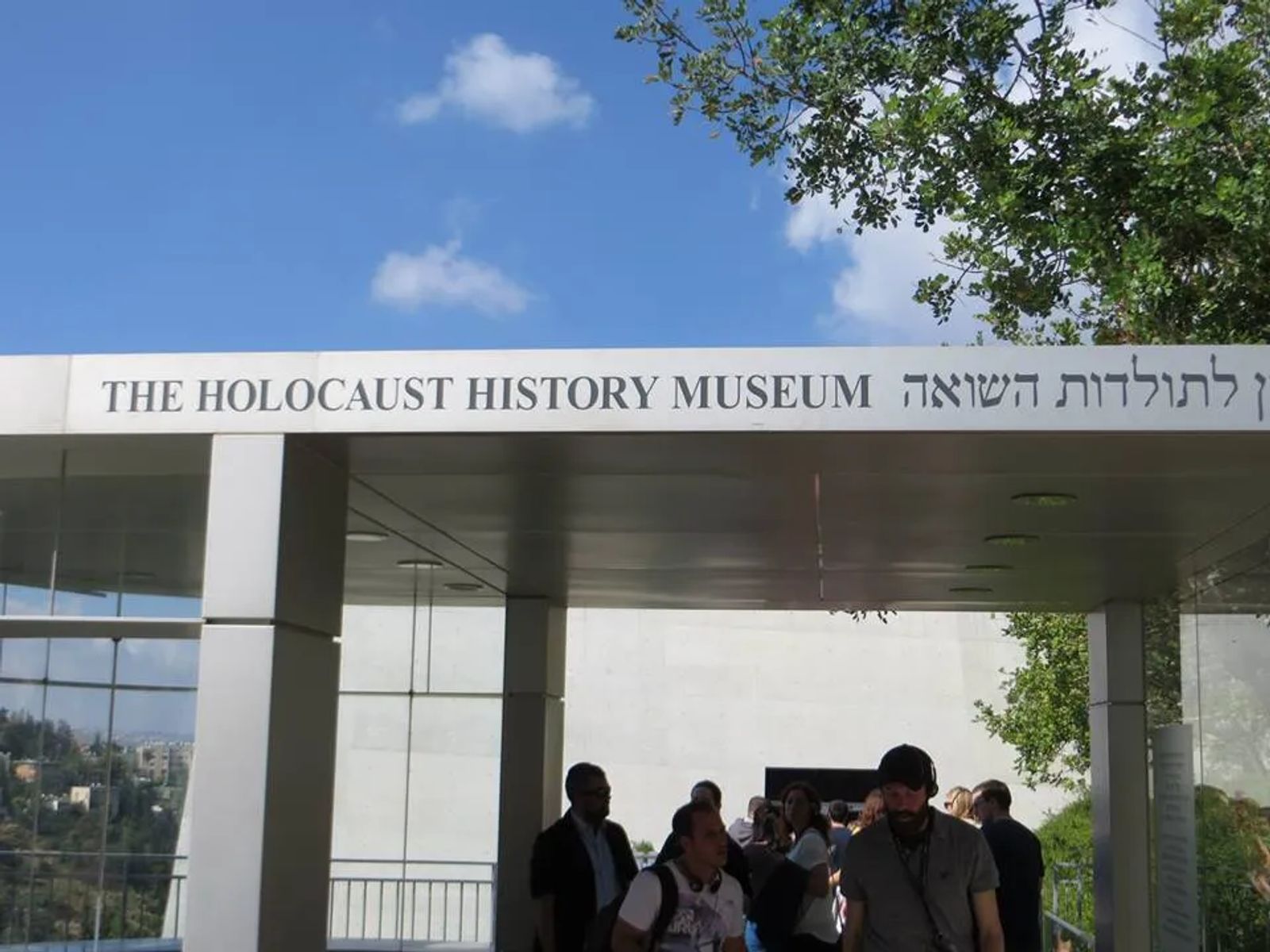
Cried for the war then, cried for the ongoing war in the Holy Land - and something in me changed that day.
I won't go into the deeply personal changes that happened within me, but I knew that I wanted to show more love, inclusive, and stand up for those who are oppressed no matter their race, creed, religion, or orientation. There are basic human rights that EVERYONE should have love, safety, and peace. Life isn't always fair, but each individual can contribute what they can to helping establish safe zones. If you want a real-life example of one of my favorite heroes of this time period, check out Corrie Ten Boom, this is the woman I want to be should I ever be faced with a situation like the people during this time were.
12 - Visit the Via Dolorosa

The Via Dolorosa is said to be the road that Jesus walked on his way to the Cross. The alleyways are quite small, and the apartments lining them are getting taller and taller; this adds to the sense of stifling chaos on the streets. Making our way up the alleyway, there are small churches that signify important points on that final journey to the cross.
There are fourteen stations along this path, each station represents a specific event on the day of the Crucifixion.
Station One: Jesus was condemned
Station Two: Jesus received his cross
Station Three: Jesus falls from the weight of the cross for the first time
Station Four: Jesus meets his mother Mary
Station Five: Simon helps Jesus carry his cross
Station Six: Veronica wipes the face of Jesus
Station Seven: Jesus falls the second time
Station Eight: Jesus speaks to the women of Jerusalem
Station Nine: Jesus falls the third time
Station Ten: Jesus is Stripped of his garments
Station Eleven: Jesus is nailed to the cross
Station Twelve: Jesus dies on the cross
Station Thirteen: Jesus is taken down from the cross
Station Fourteen: Jesus is laid in the tomb





While we weren't able to stop at each station due to time constraints, it is a path I would like to go back and visit--- taking the time to stop at each station and contemplate what he went through. There is a lot that can be learned from what he went through.
If you decide you would like to take a tour of the Via Dolorosa, then I would suggest taking an official tour of the path. This will get you access to guides that have more than 2 years of education on these sites and will be able to get you access into the chapels that mark each of these moments. A very popular way of experiencing this is to carry a medium wooden cross with your friends in the heat, up the alleyways and to each stop. If you see wooden crosses being carried by such people, be respectful and allow them to worship in the way they feel is best.
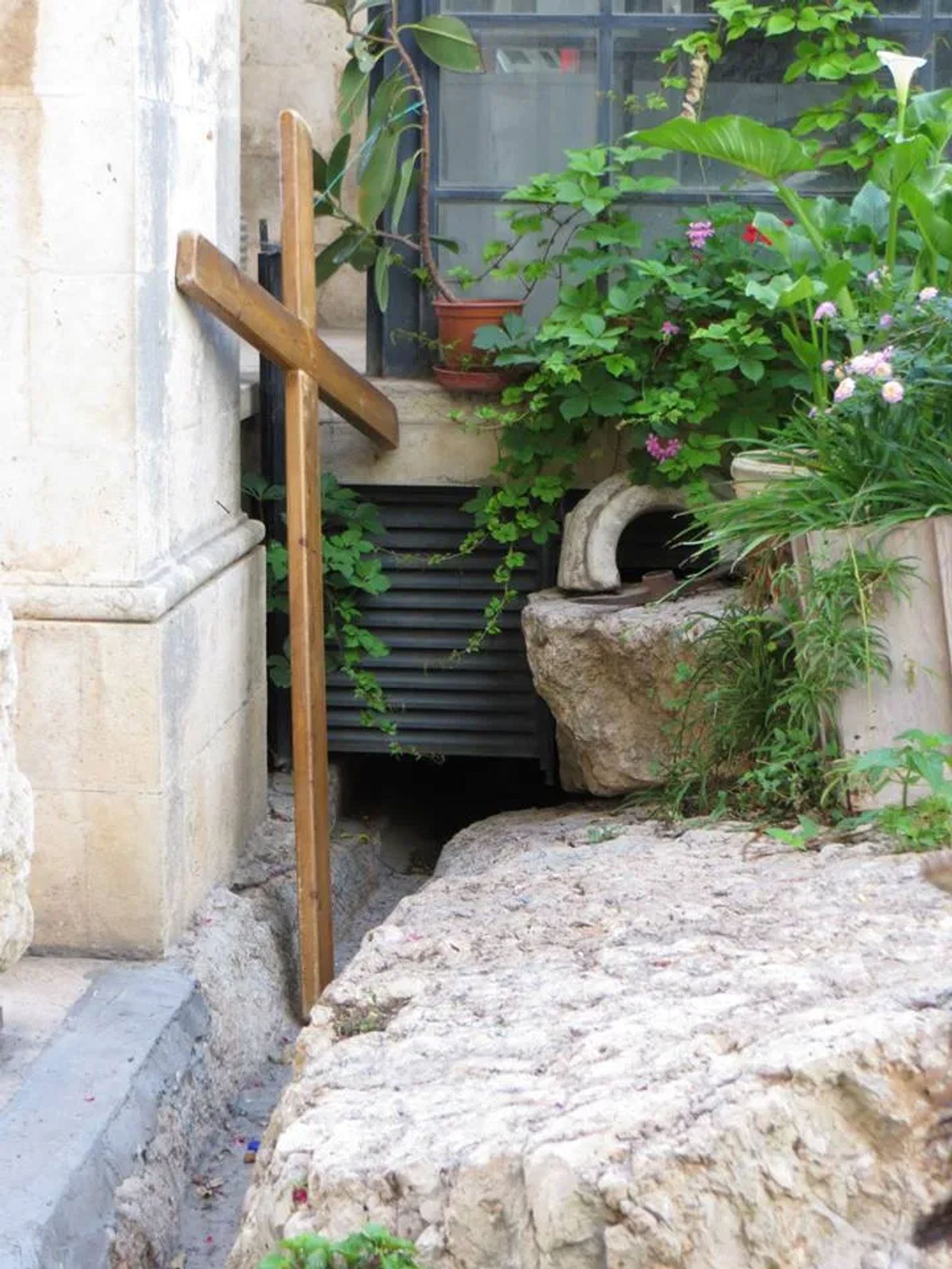
I am not much for large displays of devotion, but seeing the example of their devotion to the experience really truly humbled me. In a way, it felt that I wasn't doing enough in my daily life to be grateful for what I personally feel to be true.
13 - Visit the Garden of Gethsemane
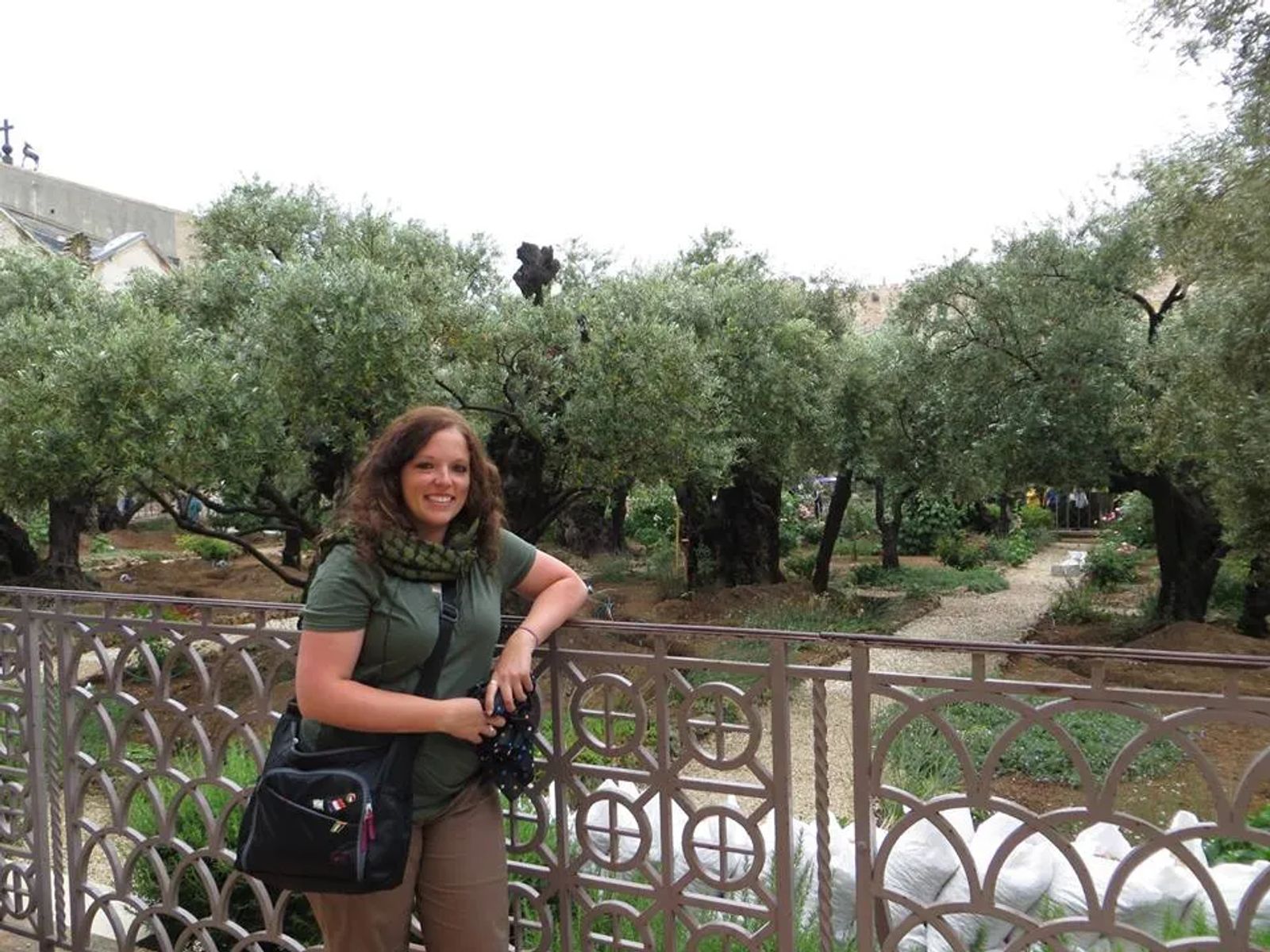
For this visit, I highly recommend you go first thing in the morning - rain or shine. It will give you time to enjoy the beautiful garden in peace. Take your scriptures with you, sit and contemplate what happened here. Read the passages that are pertinent to this place and let the weight of it sink into your soul.
I went with a tour group and we sat in a moment of silence, letting the moment really sink in as to where we were standing. We read a few scriptures and then sang a few songs reverently. Being surrounded by Olive Trees that are more than 2,000 years old, is an experience in and of itself -- but to have a spiritual component to it made the time there even more impactful for me personally.
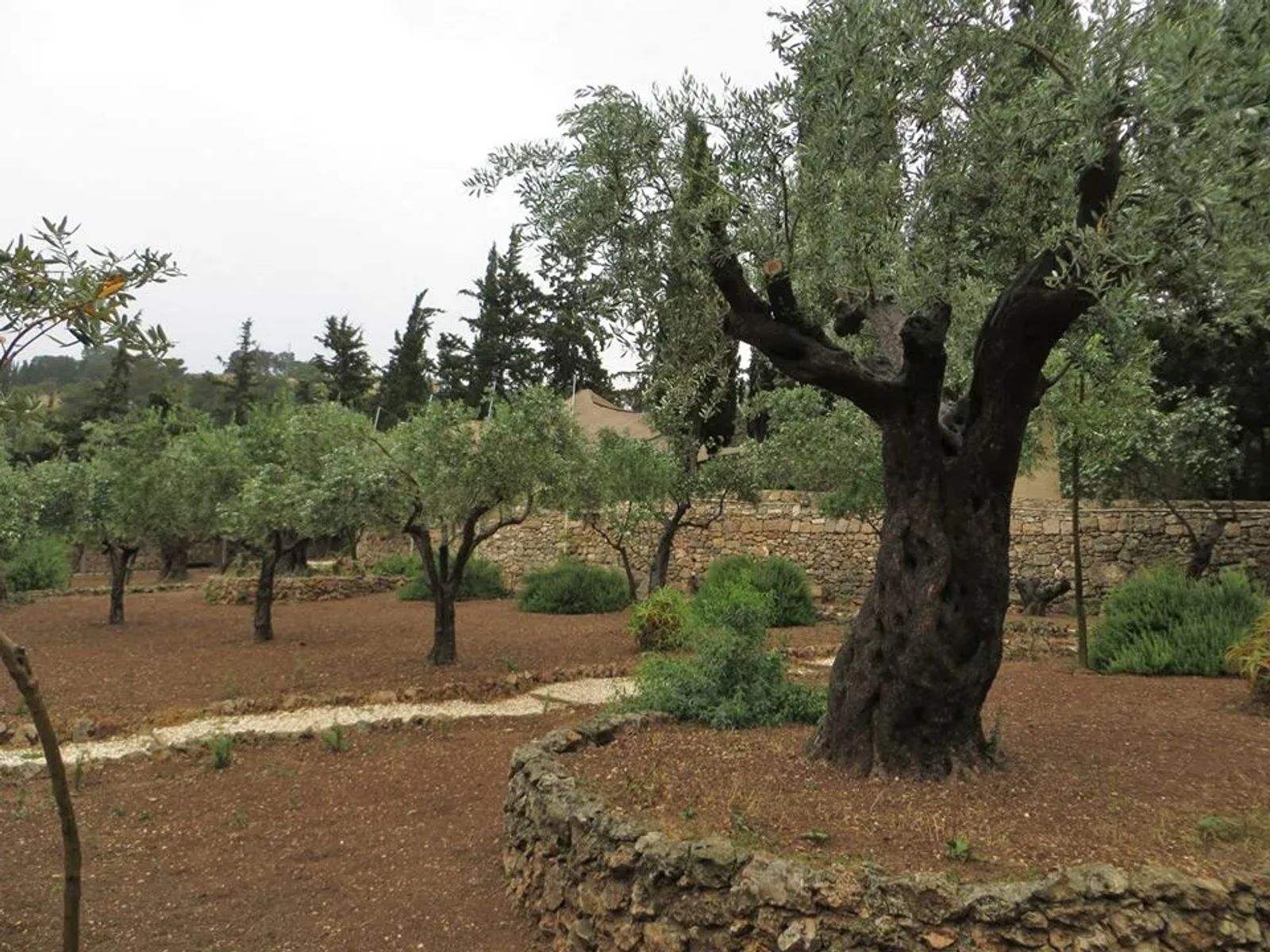
We arrived 15-minutes before the opening time and were able to sit in the space for at least 20-minutes nearly alone before other travelers started to trickle into the garden. Visiting hours for the garden are: Daily from 8:30 am to 12:00 pm and 2:30 to 5:00 pm
Sunday and Thursday the Garden of Gethsemane closes at 4:00 pm
14 - Visit The Jerusalem Archaeological Park - Davidson Center
This place is fascinating solely because of the history behind it. The views are not the prettiest in this section of the Temple Mount, but the archaeological finds are the best part. The large rubble that you see is that from the first and second temple periods after it was destroyed by the Romans and has lain ever since.

You will see the intact ancient city wall, and the Temple's staircase, a preserved ancient street, some ritual immersion baths, and storerooms. This was the main thoroughfare, where pilgrims would visit, pay for their sacrificial coin to give to the temple sages and Rabbis. They would stop at the stalls before entering the temple; bring either grain, birds, animals etc... then are given a coin imprinted with what they exchanged. The coin would then be stowed away while they completed their ritual baths before entering the temple. They would then walk up this staircase (see photo below) and enter the Temple Mount to receive religious blessings and spiritual insights from the Rabbis for their daily lives.
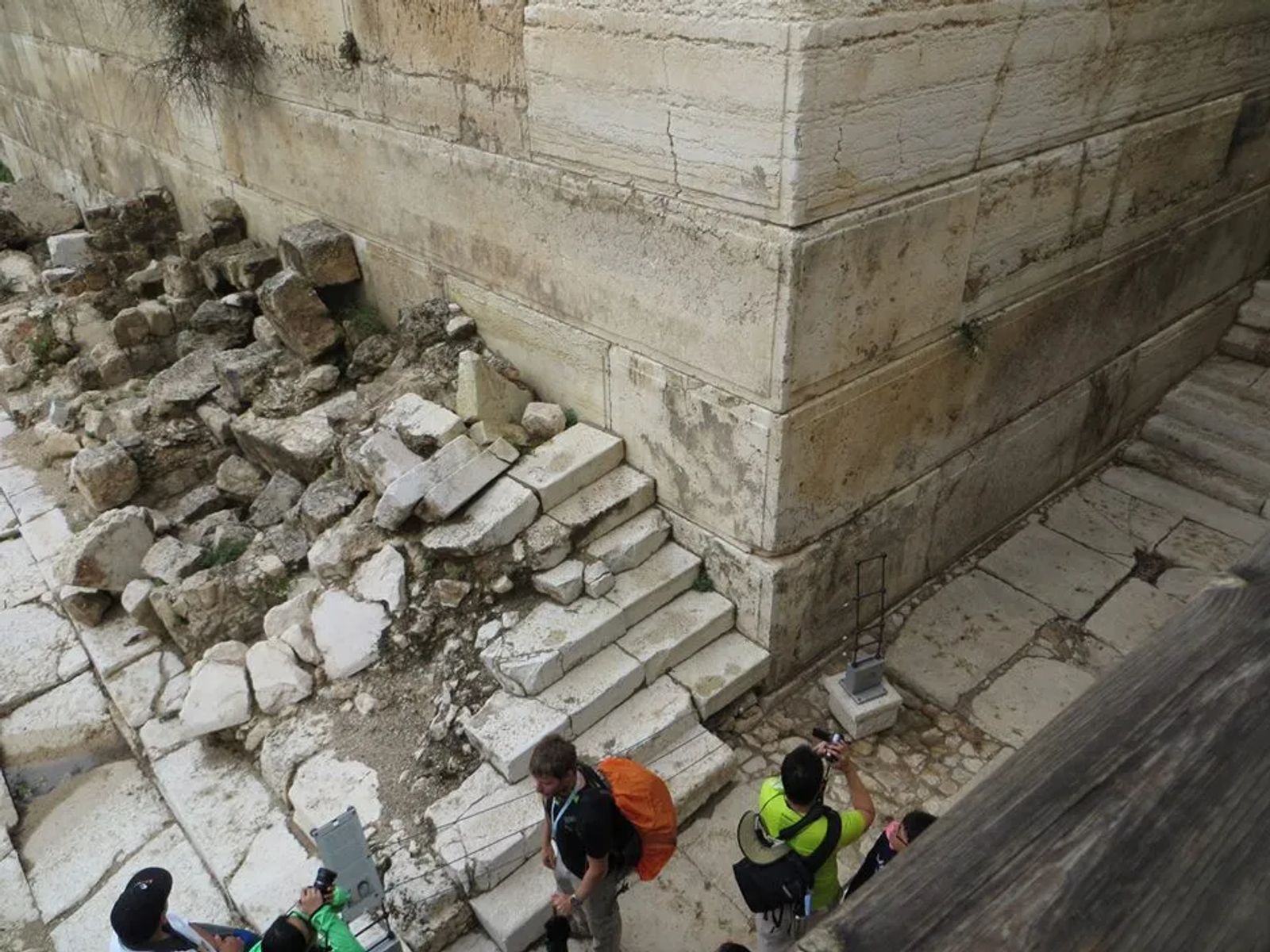
If you look closely at the rest of the grounds, you will see Robinson's Arch, the Herodian Street, the Dung Gate, and the Western Wall. If you enter the Robinson's Center you can explore interactive Maps and 3D images of what the area would have looked like then vs now.
The Center follows events that spanned more than 5000 years of activity all in one location. You will become a witness to what the Canaanite (Bronze) Age looked like, up until the Israelite monarchy in the First Temple period.

Visitors to the Park follow events spanning some 5000 years, beginning with the Canaanite (Bronze) Age and continuing through the days of the Israelite monarchy in the First Temple period.
This place does get quite crowded with visitors, so be sure to visit the Robinson Center earlier in the day, or maybe on a day when the Western Wall and Temple Mount are closed.
15 - Visit the Pool of Siloam
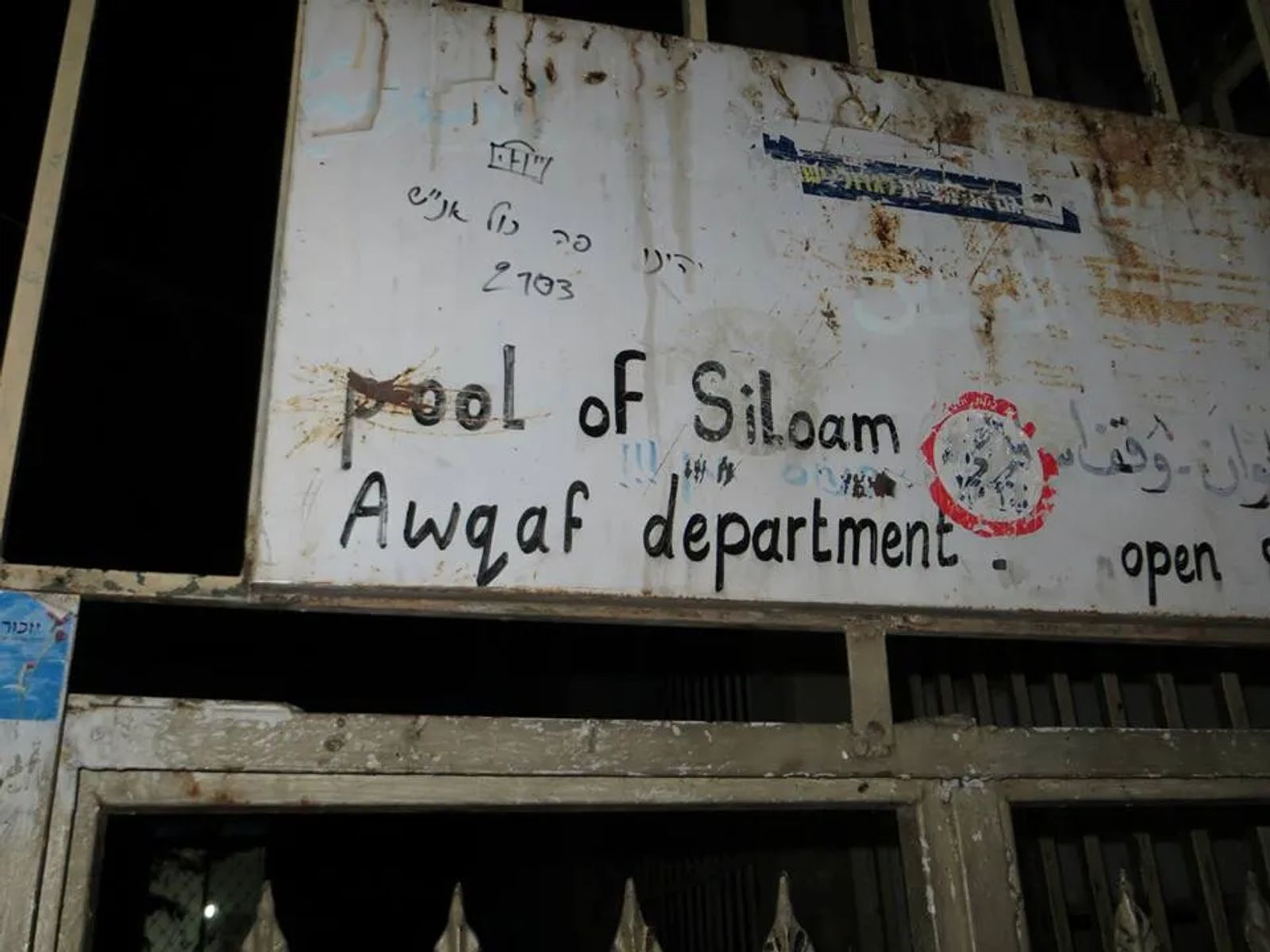
There are two areas that are called the Pool of Siloam, one is the traditional spot, and one is the archaeological spot.
The true pool was built around 400 AD by the Empress Eudocia. The archaeological pool was found when two stone steps were excavated and revealed a pool from the Second Temple period, from the time of Jesus Christ. The pool that was discovered was 225 feet long, thought to be in a trapezoidal shape. The waters that feed this pool is from a spring from the Gihon Spring flowing from the Kidron Valley. It is considered a naturally flowing spring and would have been used as a ritual bathing pool. How did engineering feat happen so long ago?
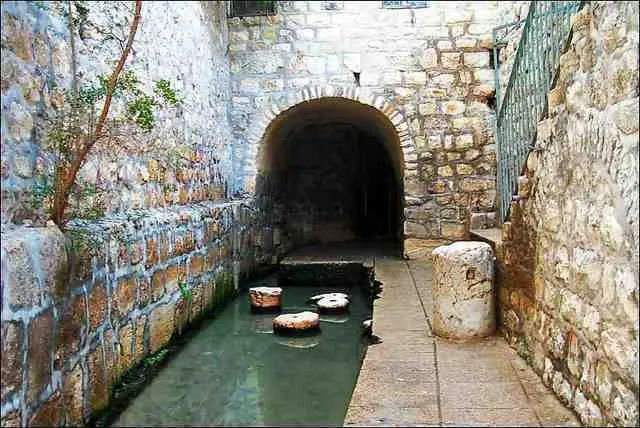
After further archaeological investigation, it appears that Hezekiah (the King of Judah during the 8th Century BC) built this to protect the cities water supply during a siege. A 1,750-foot tunnel under the City was built to bring water in from the Gihon Spring. You can take tours of this tunnel by reserving your tour beforehand.
In many Christian faith's, this pool has profound significance, as it is considered to be the pool where Jesus Christ healed the blind man.
16 - Eat Kebab and Falafel
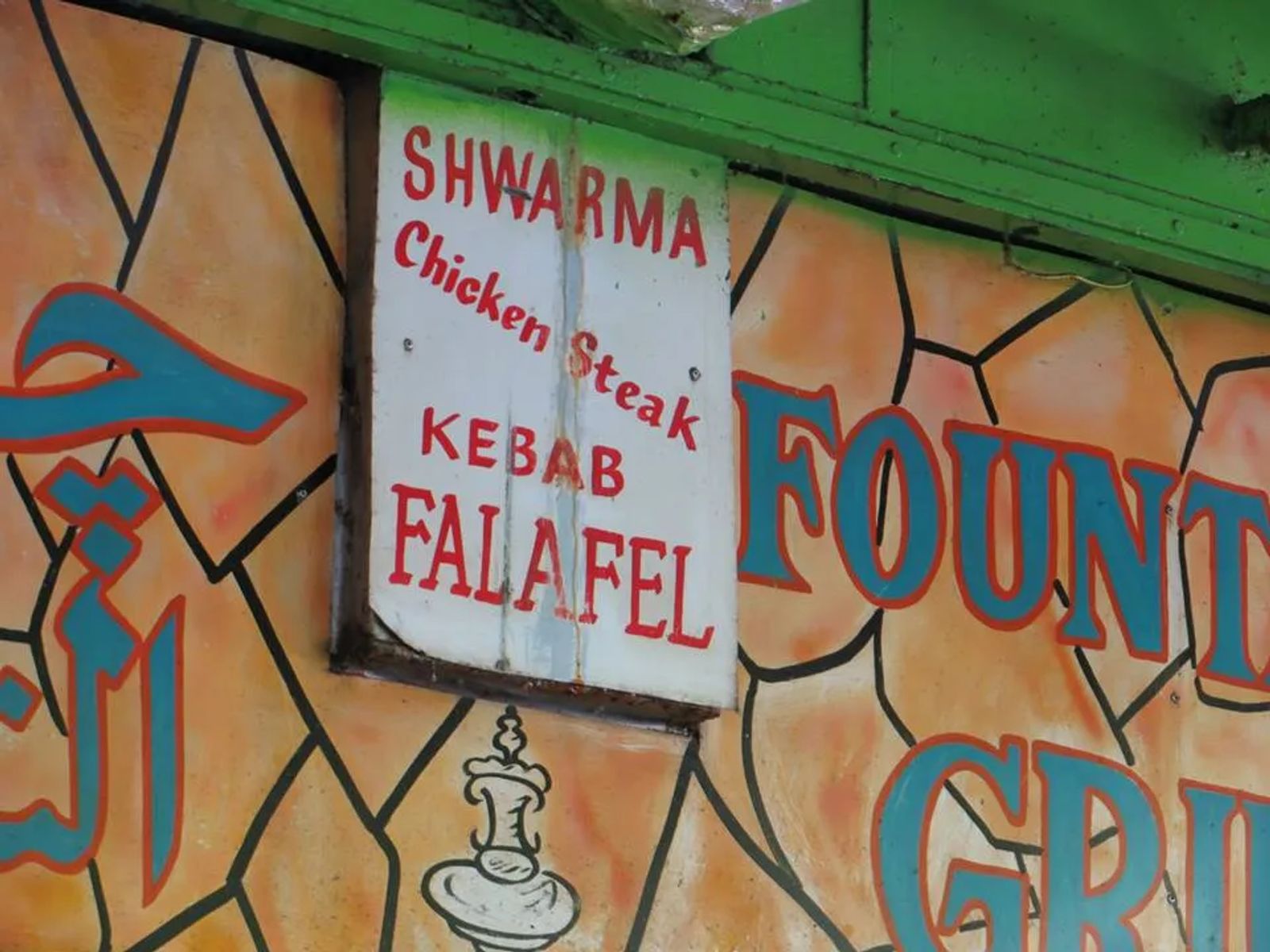
These are classic dishes for everyone to try when visiting this ancient city. The spices within this city are incredibly flavorful, with a savory nutty undertone. These are not spicy but would recommend you get some water.
For the Kebab it is a mix of minced lamb with salt, pepper, parsley, and onions. It is then grilled and stuffed into a pita with a Salad. The Salad is a mix of greens, cucumber, tomato, and raw tahini sauce.....are you drooling yet? I am
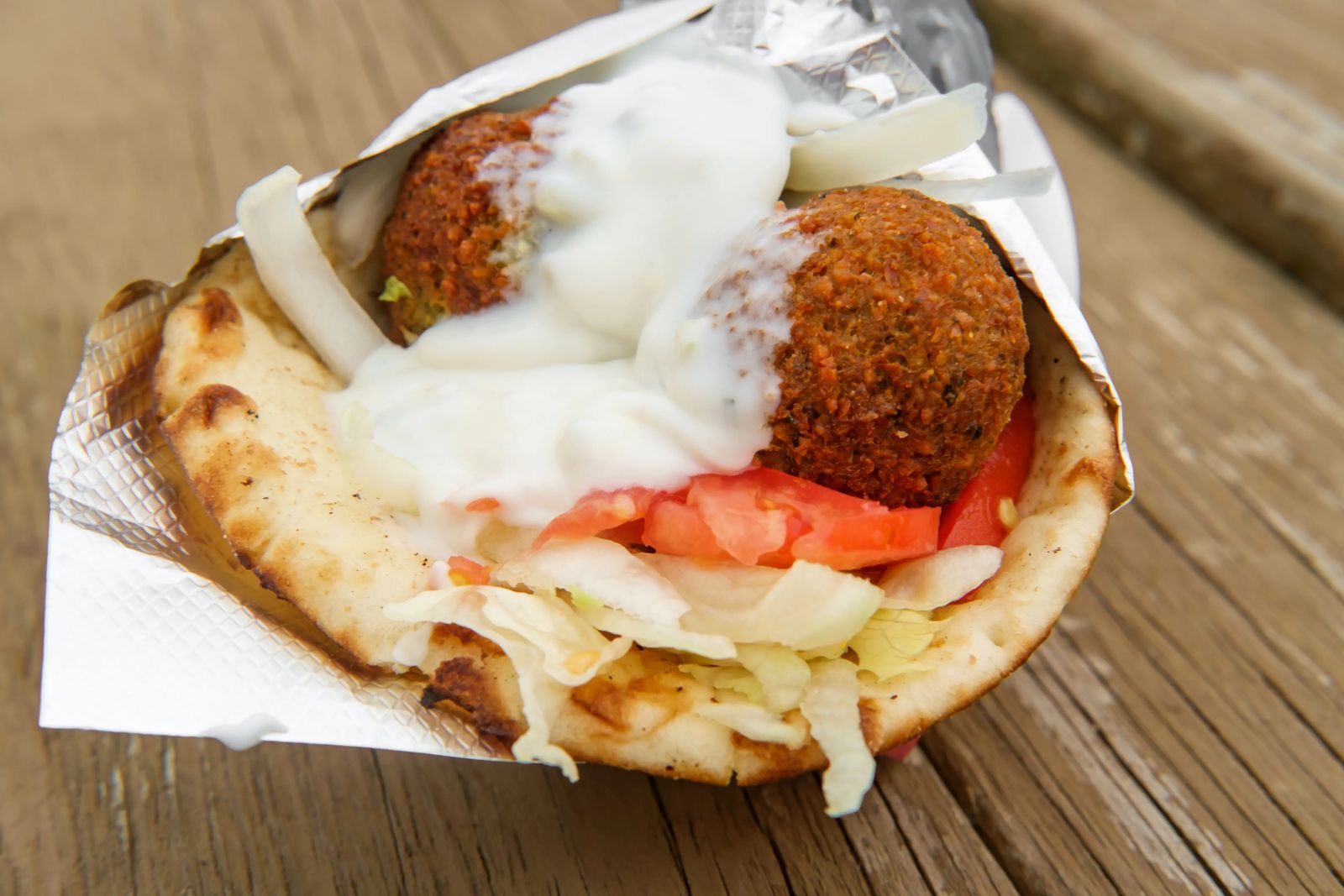
For the Falafel, it is chickpeas ground up and filled with spices like coriander and a generous dose of cumin. Then you press these into patties, or roll them into small balls of goodness and fry them up. They are typically served in a wrap or a pita with tomatoes and lettuce. Sometimes you will get Turkish-inspired fried eggplant, tabouli salad, Balela Salad, and Roasted Garlic Hummus.
The Best Kebab is from Shaheen Kebab located at Shuk Hakatsavim 76, Jerusalem, Israel
The Best Falafel is from Moshiko Falafel located at Ben Yehuda Street, Jerusalem, Israel
17 - Visit the Church of St Anne
This is one of the best-preserved Crusader churches in Jerusalem, and also happens to be the site of Jesus' maternal grandparents. Why is this important? It also means it is the birthplace of the Virgin Mary, a figure worshiped by many religions the world over.
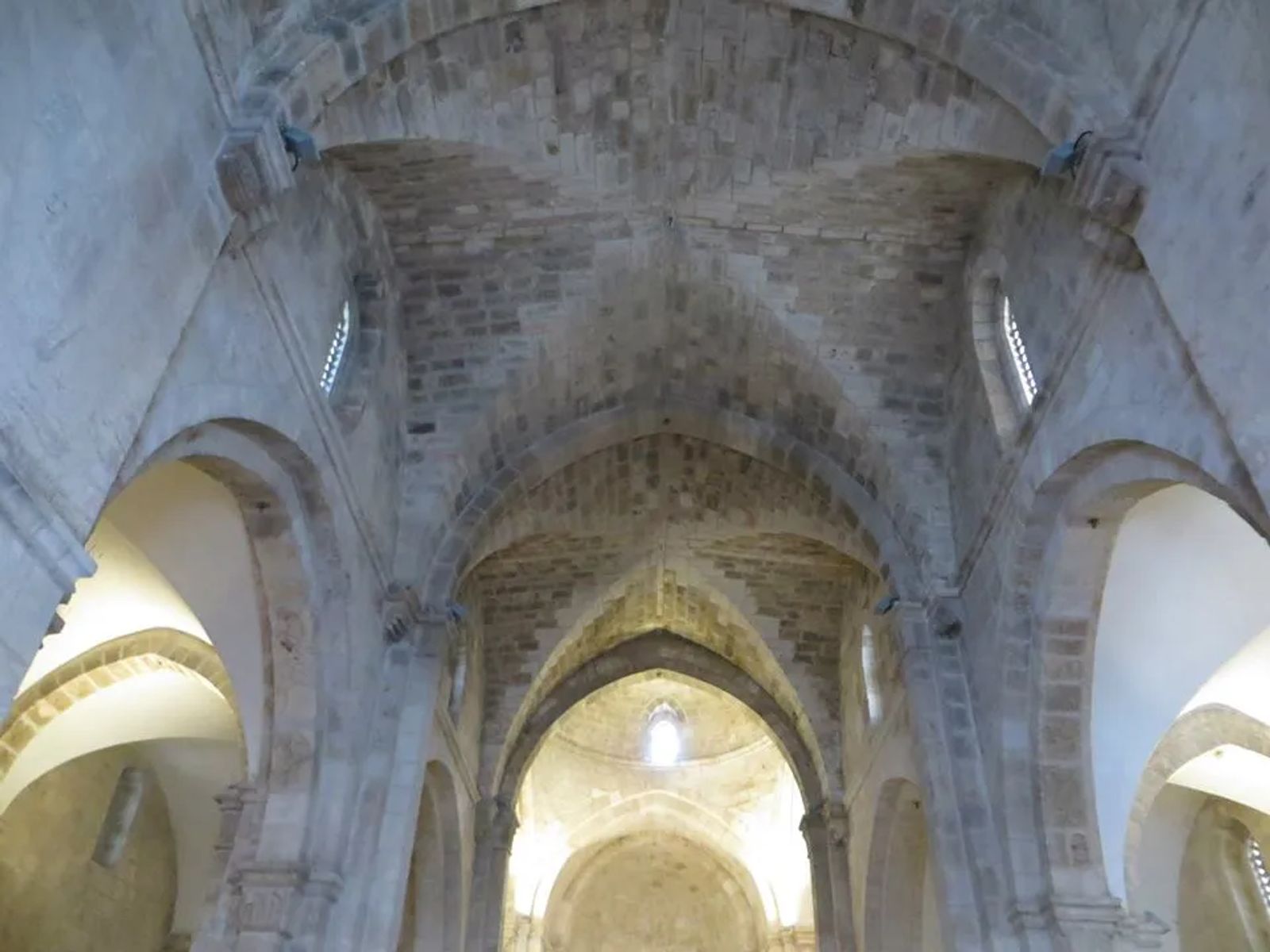
This quaint church is surrounded by trees, shrubs and beautiful flowers eliciting a sensation of peace and tranquility due to the foliage blocking out much of the business within the Muslim Quarter of Jerusalem.
As you head into the church, you may see a large excavation area on the left, believed to be the Pool of Bethesda, where Christ healed the sick man.
The church itself, dates back to around 450 AD, as a site dedicated to where the Virgin Mary was born. The church is quaint, but still has the fortress-like appearance characteristic of many Crusader churches.
As you enter the large gray building, you will notice a quiet reverence within. Then a group will stand in the front and sing hymnals in a strategically measured way to present the incredible acoustics that is naturally produced within these walls.
Music always has a way of bringing up spiritual feelings for me, even more than any sermon that could be given. I honestly could have stayed here for an hour or two, letting the voices of the earthly angels drive the feeling of peace into my soul.
18 - Visit the Church of Mary Magdalene
You can't exactly enter this church as it is cared for by 30 Russian Orthodox nuns, from several different countries. Some say that if you are very nice, and ring the front bell, they may show you around (worth a shot if you have the time). They are known for their liturgical singing, and also paint icons, embroider vestments liturgical use, and decorate Russian eggs.
The church was built by Czar Alexander III of Russian in 1888 in memory of his mother, whose patron saint was Mary Magdalene. The Onion tops look like the architecture of the 16th-17th century, and the facade is not marble, it is in fact....white sandstone! If you do not know, any rain on sandstone repeatedly will quickly wear it down and disintegrate the facade quite quickly if not properly cared for. It is quite stunning to witness such a fragile masterpiece though.
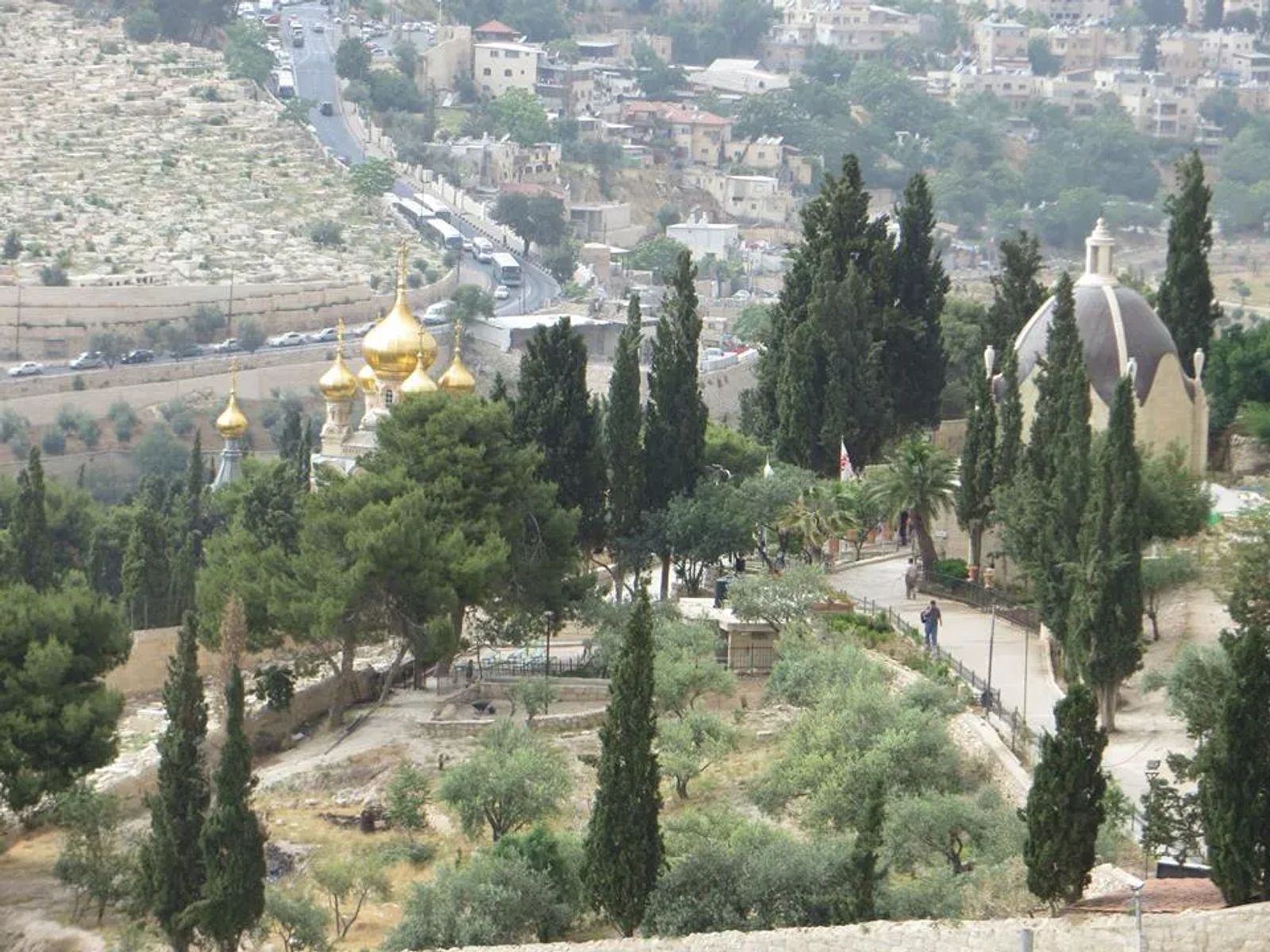
I would recommend this as your last stop though, particularly at night as the iconic onion-shaped golden domes break through the surrounding skyline of trees and are flooded with light. It is truly a photographers dream to see such a play of light and dark.
If you go just outside of the Mount of Olives, you may be able to get a good view; or visit the Tomb of the Virgin and get both photos as a keepsake about the mother of Jesus.
19 - Go to the local Markets

You cannot come to such an ancient city, fraught with contrasting division and unity and not support the locals. The interactions you have with the locals at these shops might be some of the only exposure they get to foreigners visiting their country, so why not put forward your best face :)
Take a day and commit to a buying one or two items from someone that you can sit and have a candid conversation about them, their life, how it is living in Jerusalem, what are their daily struggles, ask about their families, how the family units are run etc.... You may be pleasantly surprised by what you learn. Just keep in mind, that just because a people, culture, religion, or economic structure is different than what you may be used to, does NOT mean that it is inherently wrong. In short: Be open-minded, be kind, have the courage to ask the hard questions in a way that is respectful to them and their beliefs. These are the conversations that I hold the dearest to my heart. It connects you to the culture, fosters good impressions and will help change opinions one person at a time. Like with any business, word of mouth is a powerful tool, so don't think for an instant your efforts are wasted.
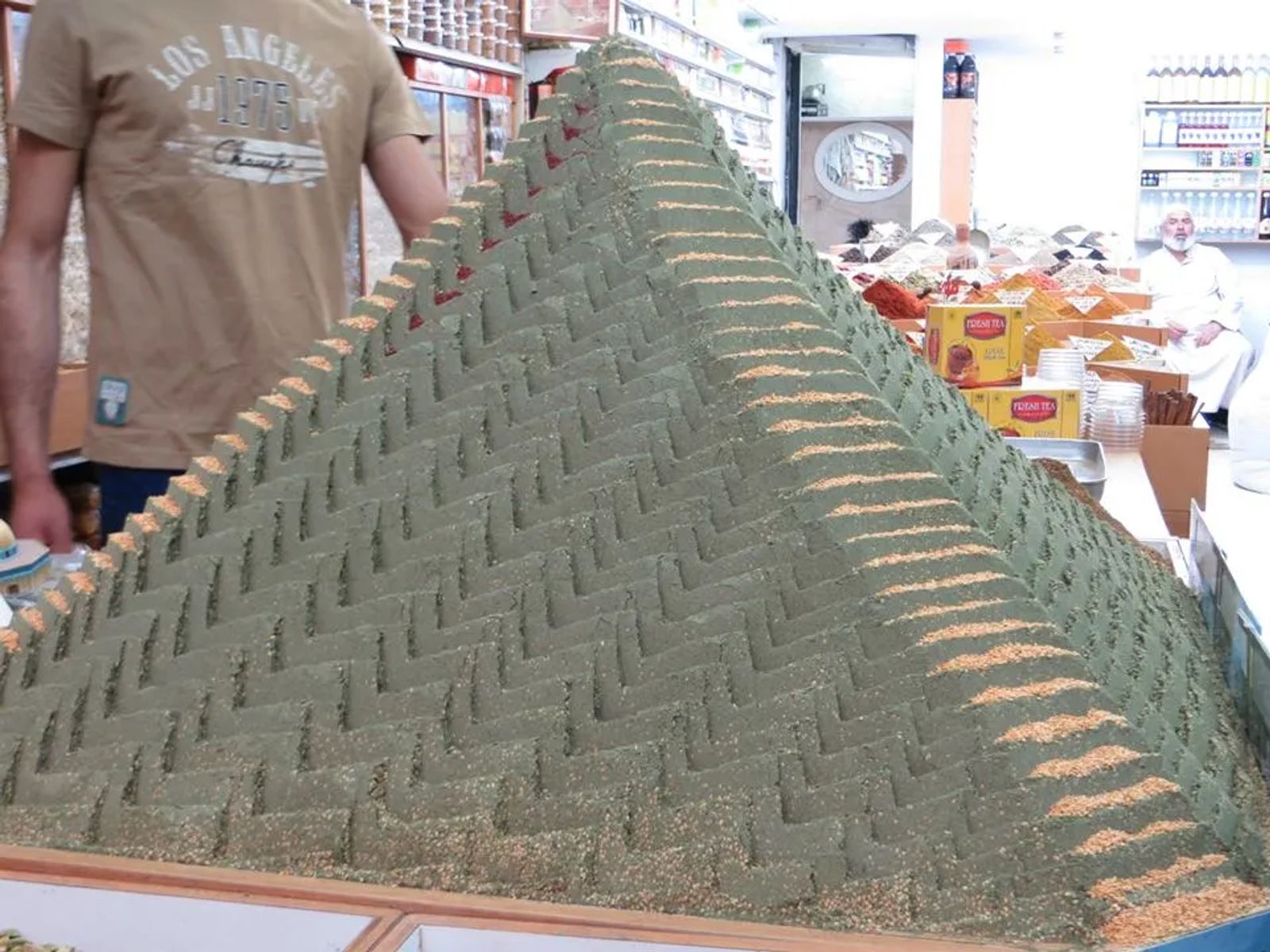
Here are some of the best markets to visit in Jerusalem
Mahane Yehuda Market (The Shuk or Machne in local terms)
- Anthony Bourdain visited here during one of his visits, there are craft beers and barrels of spices for the choosing. It is quite popular with the tourists, so come early!
- Location: Ha-Shazif Street, Jerusalem, Israel
- Hours: Typically open 8am-7pm Sunday through Thursday. Limited hours on Friday. (double check on opening times as they are subject to change)
Location: Ha-Shazif Street, Jerusalem, Israel
Hours: Typically open 8am-7pm Sunday through Thursday. Limited hours on Friday. (double check on opening times as they are subject to change)
Bezalel Arts Fair
- This is an arts and crafts fair with a more relaxed ambiance. There are crafty pieces made by locals, cosmetics, jewelry for every price range, and is far less frantic than other markets.
- Location: Rehov Bezalel, Jerusalem, Israel
- Hours: Typically open Fridays 10am-4pm (double check on opening times as they are subject to change)
Location: Rehov Bezalel, Jerusalem, Israel
Hours: Typically open Fridays 10am-4pm (double check on opening times as they are subject to change)
The Farmers' and Artistic' Market in the Germany Colony
- This is one of the more beautiful areas of Jerusalem and holds a large variety of cheese, hand puppets, crafts, and a variety of other treasures. The items you find in this market are going to largely be handmade by those who live in Jerusalem - so authenticity and quality are the norms not the exception in this market (the perfect place for that unique gift).
- Location: Emek Refa'im Street, Jerusalem, Israel
- Hours: Typically open Friday 9am-3pm (double check on opening times as they are subject to change)
Location: Emek Refa'im Street, Jerusalem, Israel
Hours: Typically open Friday 9am-3pm (double check on opening times as they are subject to change)
The Old City Souk
- This is known for its textiles and trinket souvenirs. This is also a very crowded area as it is so close to all those areas within the old city, which means many of the tourists come here for the convenience of the location. So it just depends on if you are ok braving the narrow streets and hoards of tourists.
- Location: Shuk ha-Tsaba'im Street, Jerusalem, Israel
- Hours: Mon-Sun 9am-6pm (double check on opening times as they are subject to change)
This is known for its textiles and trinket souvenirs. This is also a very crowded area as it is so close to all those areas within the old city, which means many of the tourists come here for the convenience of the location. So it just depends on if you are ok braving the narrow streets and hoards of tourists.
Location: Shuk ha-Tsaba'im Street, Jerusalem, Israel
Hours: Mon-Sun 9am-6pm (double check on opening times as they are subject to change)
20 - Visit the Cardo of Jerusalem
This was a very captivating part of the old city for me. Imagine you are walking through the bustling streets of the Jewish Quarter in Jerusalem, in a very modern part of the city, with perfectly manicured garden balconies in Granite appearing apartments. Then you take a right turn and descend into a massive pit with Roman columns and an alleyway that is hidden in the shadows underneath the bustling modern streets above.
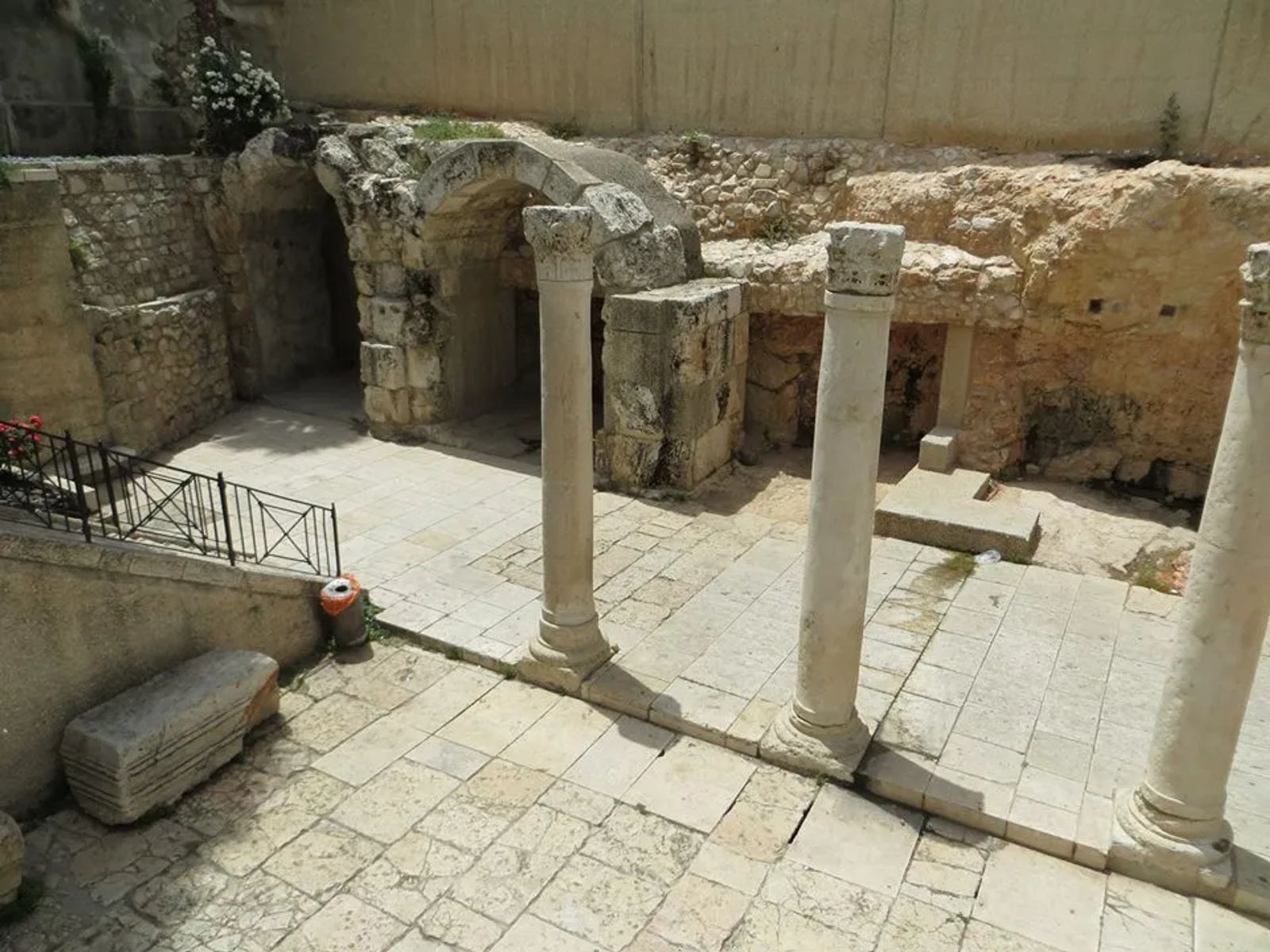


This is the Cardo, a spectacular stone column-lined street that was just like those of the ancient Roman times. The Cardo in Jerusalem starts at the Damascus Gate and runs south underneath the Old City and ends at the Zion Gate. The Northern side is more Roman, the Southern side is from more of the Byzantine empire.
As you make your way into the shadows, there is a fantastic mural depicting what life would be like back in the time of Jesus along a Cardo like the one you are standing in. Be sure to pick out the modern male child being given a gift by an anciently garbed young girl. This mural could not be more perfect in the depiction of this area where old meets new and melds together to sustain the memories of the past.



Take a stroll into the Cardo, walk along it like any ancient Jerusalemite in the 6th century. As you make your way past the shops, you will enter an area that used to be the Crusader's Bazaar, built around the 12th century, and then renovated to let stores sell their more modern trinkets.
THIS is the place to go on a hot day honestly. There is a nice breeze down the Cardo, and the sun is not grating you, nor is the reflective heat off of the stones and pavement reflecting back up off the surfaces as it is on the streets above.
SUN-THURS: 9 AM - 7 PM (SUMMER); 9 AM - 5 PM (WINTER); FRI: 9 AM - 1 PM (Please double check on opening times, as they are subject to change depending on the climate, and political situations)
21 - Visit the Basilica of Our Lord in Agony
This is one of the most beautiful churches I have had the privilege of entering in my entire life. I couldn't quite hear what my guide was saying about this church, as it is required to be as quiet as you can within this building. This is the traditional site of where they believe Jesus left his disciples and went to pray to the Lord, suffering the agony of the world while he did it.
The windows are made from a purplish-blue alabaster, that creates a dimmed-lighting effect to the inside of the church. Six monolithic columns support 12 cupolas, the insides of which are decorated with mosaic tiles depicting the national emblems of the communities that donated to make this church possible (this is also the reason it is nicknamed the 'church of all nations').
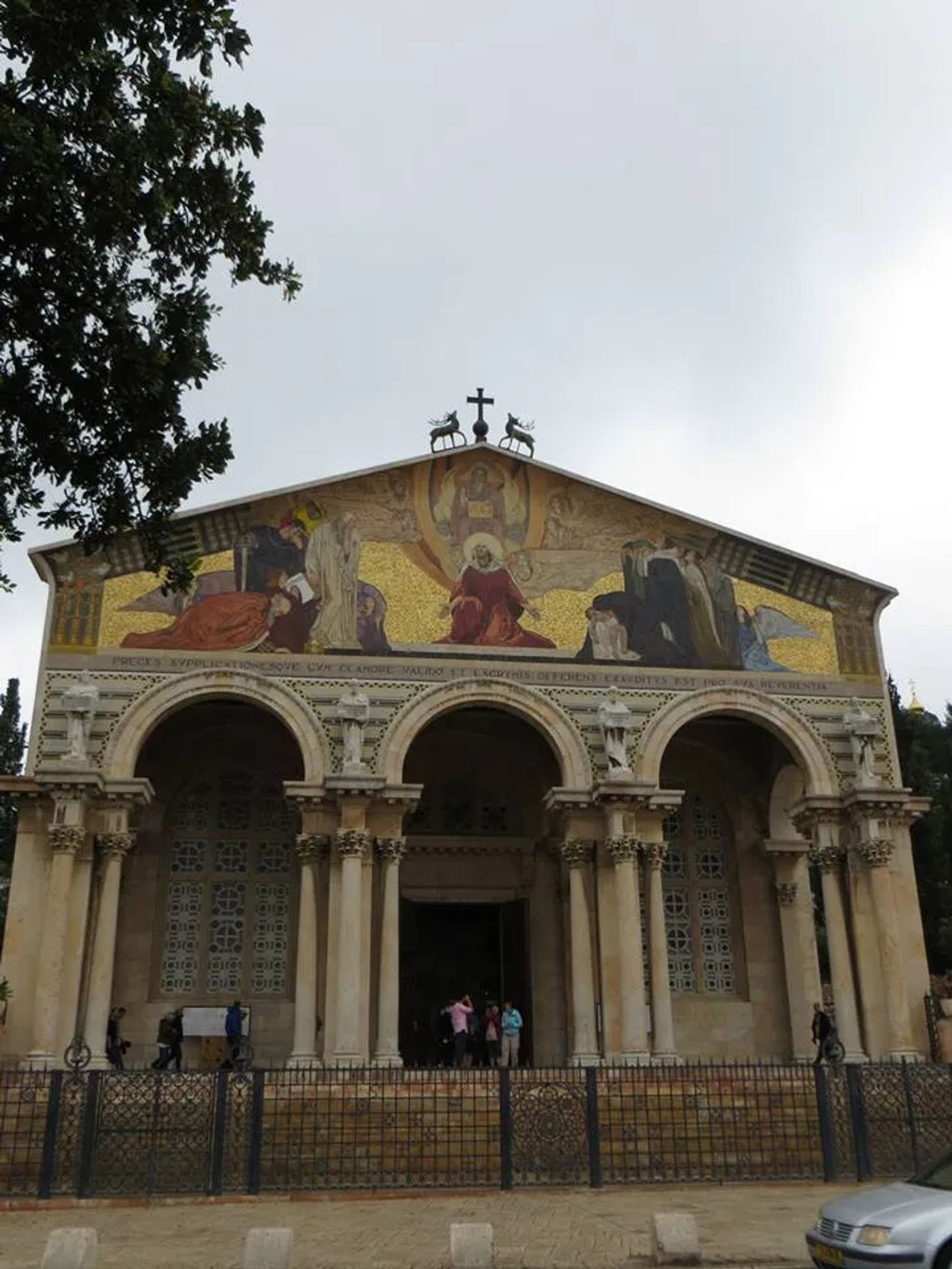
As you look up at the ceiling in the dimmed lighting, small gold stars surrounding the mosaic of Jesus will greet you. Giving an impression of what it was like the night that Jesus came here to suffer for the sins of all nations. Gesthemene is actually a Greek word meaning 'Olive Press', which is essentially what many Christians believed he endured; the weight of the world's sins pressed the blood from every pore.




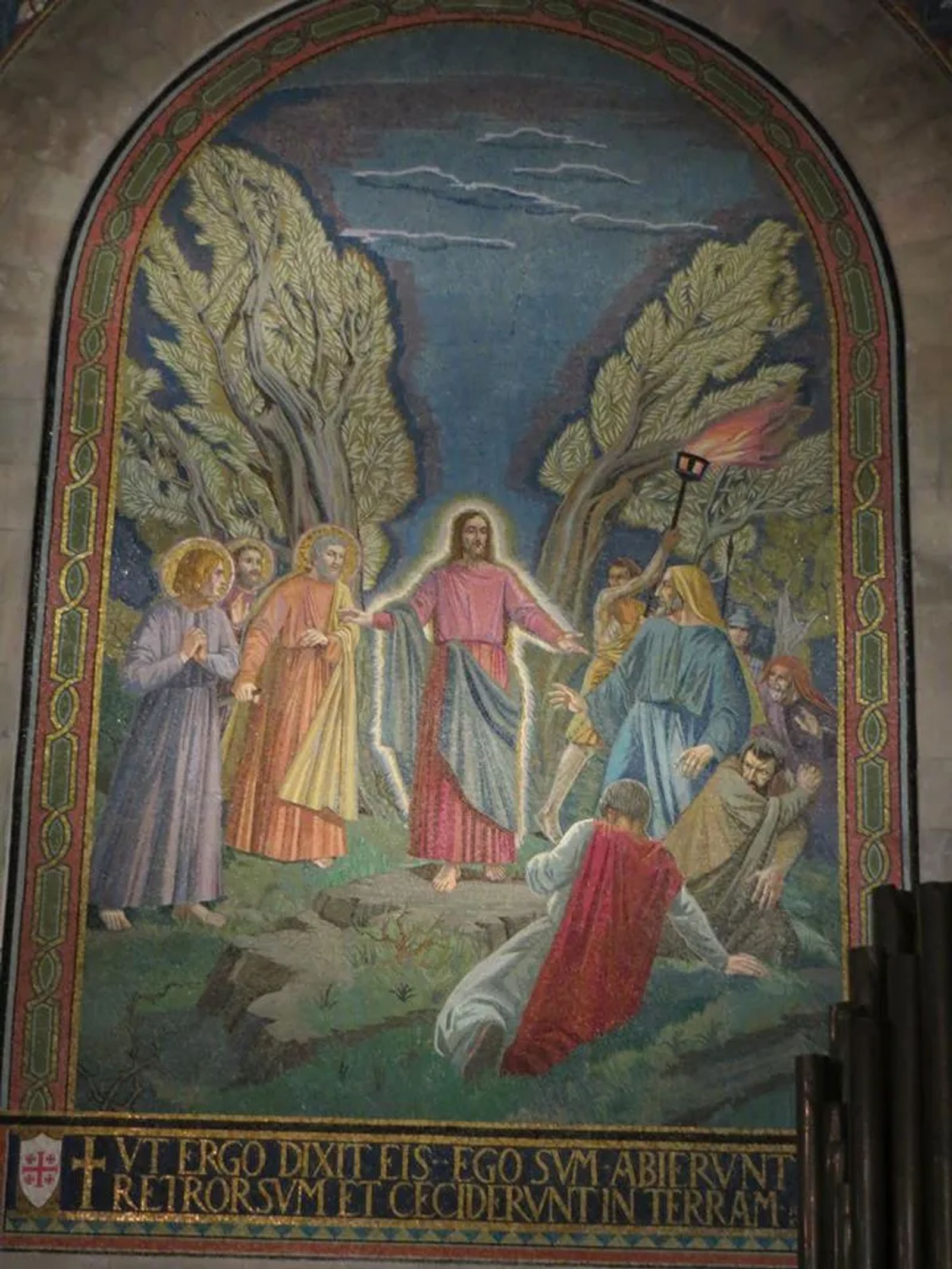

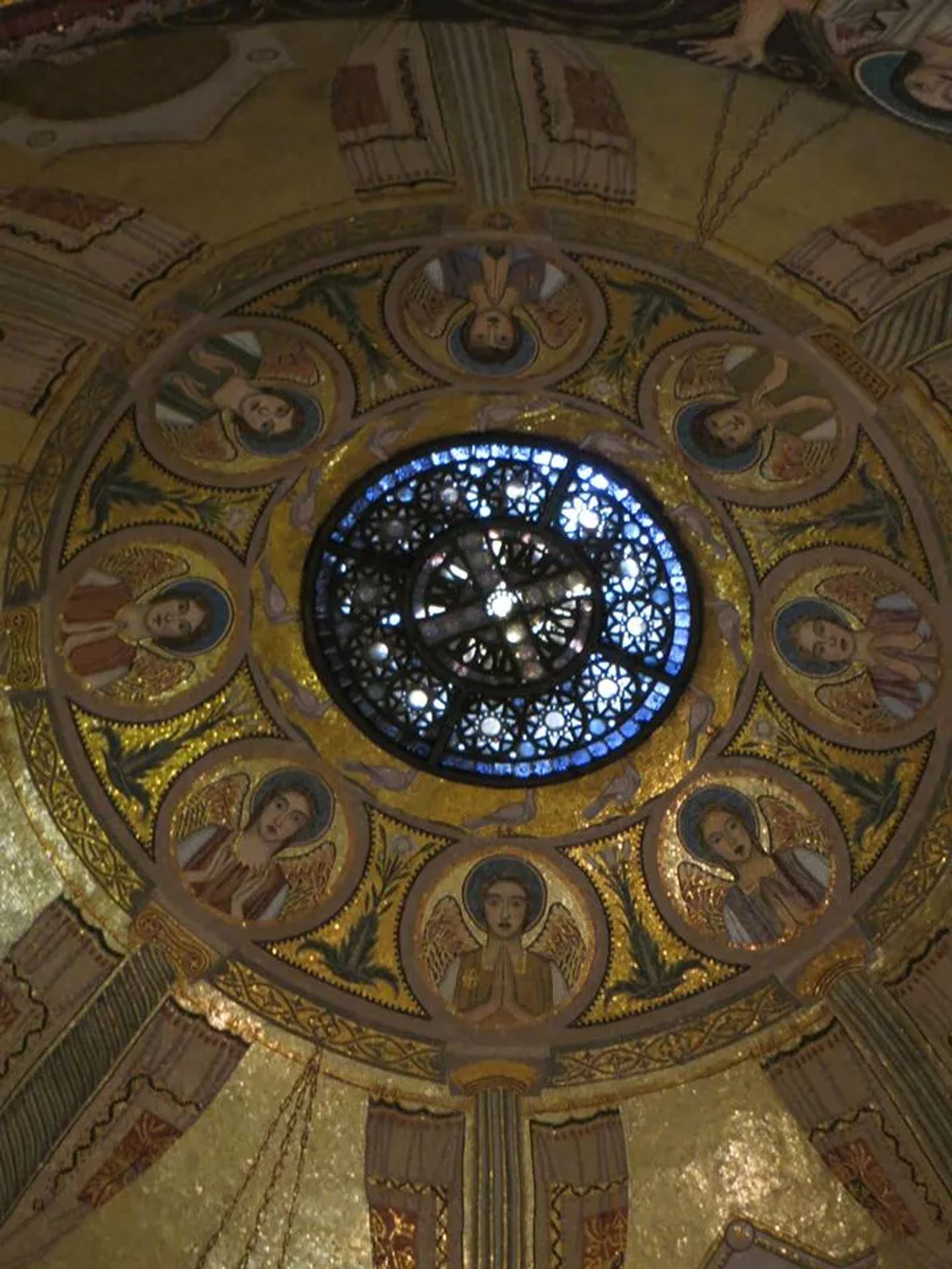
Just be warned that this church is also crowded during the day with tourists, even when we arrived early in the morning. Be sure to arrive either right at opening time (maybe a little before), or give yourself an hour before closing time to allow those quiet moments of contemplation. It is worth the effort to feel slightly uncomfortable in the crowds honestly, and I detest tourist traps with a passion.....but this was worth the effort to me.
22 - Visit the Museum of Islamic Art
Islam forbids the worship of images, and especially those depicting the Prophet Mohammad. This is why when you see an Islamic Mosque or Art, many times it is the artistry in the words and the way they are spoken that they express their form of worship. After centuries of perfecting their craft, many collections have been gathered into this museum. There is a collection of not just Islamic Art, but also artifacts and archaeological finds that have been discovered throughout the Holy Land.

What is even more fascinating is that the Museum was founded and opened by a member of the Jewish community. Vera Salomons herself was the epitome of religious tolerance and was interested in building bridges of understanding between Palestinians and Jews in Jerusalem. I am completely inspired by her dedication to truly making an enormous effort in trying to make changes in a region fraught with misunderstanding and distrust.
Here you will gain a better understanding of what you are seeing when you look at the writings, the colorful images, and what they mean to the Islamic religion and culture. If you would like to understand a conflict in its entirety, first you must understand the point of view from both eyes.
23 - Walk the Inner and Outer walls of the city
I know this sounds like a bit much, but a gentleman in our group took a run around part of these walls every day. If you don't want to run, just take a short walk in the mornings so you can get the layout of the city. See what local people do in the mornings and the evenings, and really feel the beat of this city before the chaos of tourists ensues.
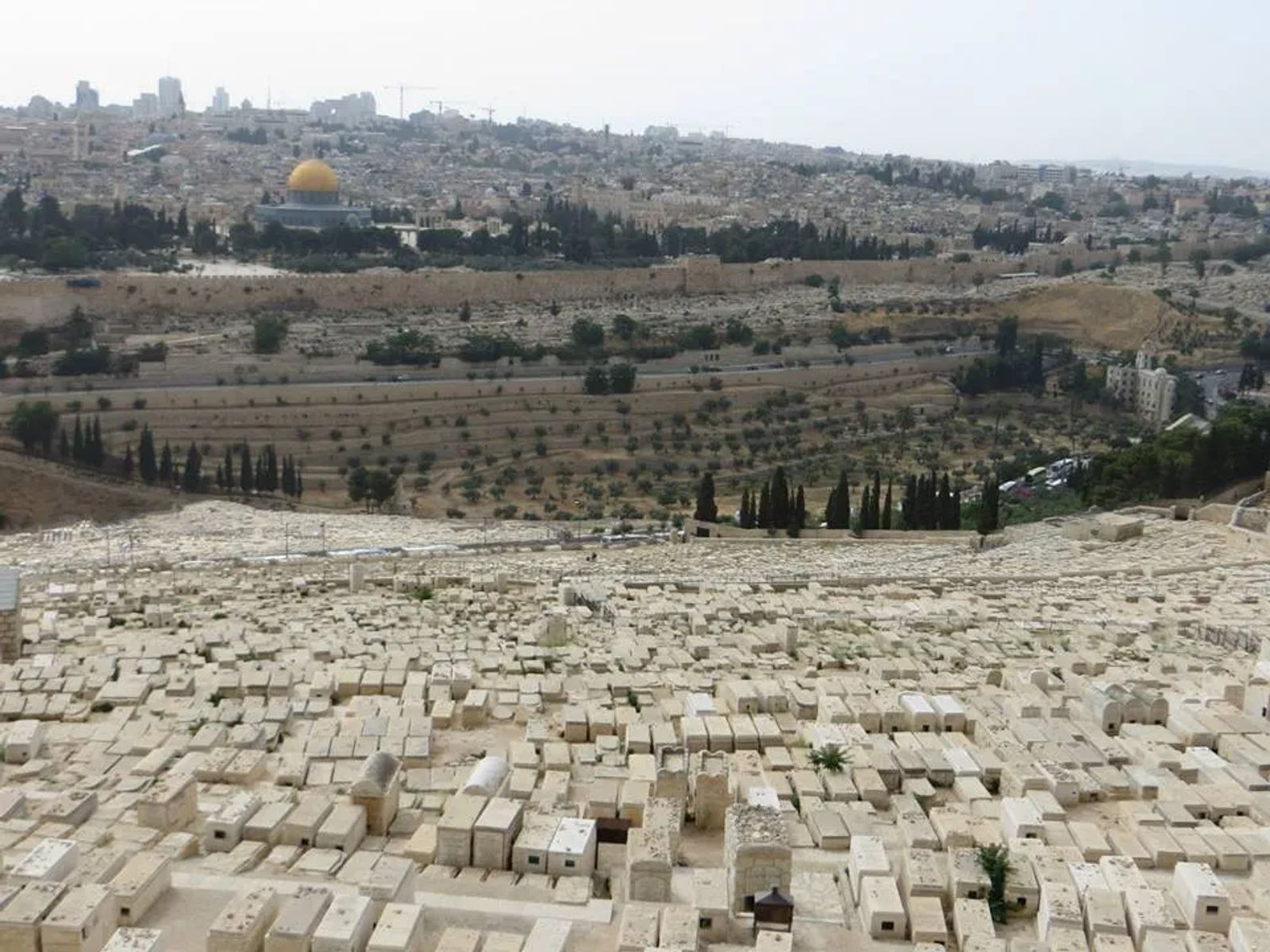
He went on a run twice a day and said that in the evenings the walls are all lit up around the city - giving it a fantastic view of the ancient structures. In the mornings, he reported that a mist would come in on parts of the city and give it a heavenly feel as locals rushed about getting errands done. Traffic is also significantly lower in the mornings as well, which is much kinder to your lungs.
I was personally traveling solo, and get lost VERY easy, so I get too nervous to do this type of thing alone in a large city. Smaller cities I like to take a morning walk, or if I have my GPS and a full phone battery then I love to explore.
24 - Visit the Chapel of the Ascension
This is a Crusader Chapel, that is said to be built over the footprint of Jesus before he ascended to Heaven after his resurrection. It is a simple octagon structure over a stone said to hold the imprint of Jesus Christ. Many Christians visit this Chapel, light candles, sing songs, read passages in their scriptures, and cherish the last spot that Jesus Christ was said to have been before leaving the Earth.

It is located on the East side of the main road leading up to the Mount of Olives. There is a Russian Orthodox Church nearby also called the Chapel of Ascension that is another traditionally held site where worshipers believe Christ ascended to Heaven.
25 - Visit the Gates of Jerusalem (Jaffa, Damascus, Dung, Zion, New Gate, Golden Gate)
All of these gates had significance in not only the ancient world but some even in the more modern history. With the city constantly under attack, entrenched in war or conflict between religious factions City walls, fortifications, and gates were essential to daily life and keeping the city safe. Here is some history of each of these gates, and why they are an important part of your visit to Jerusalem.
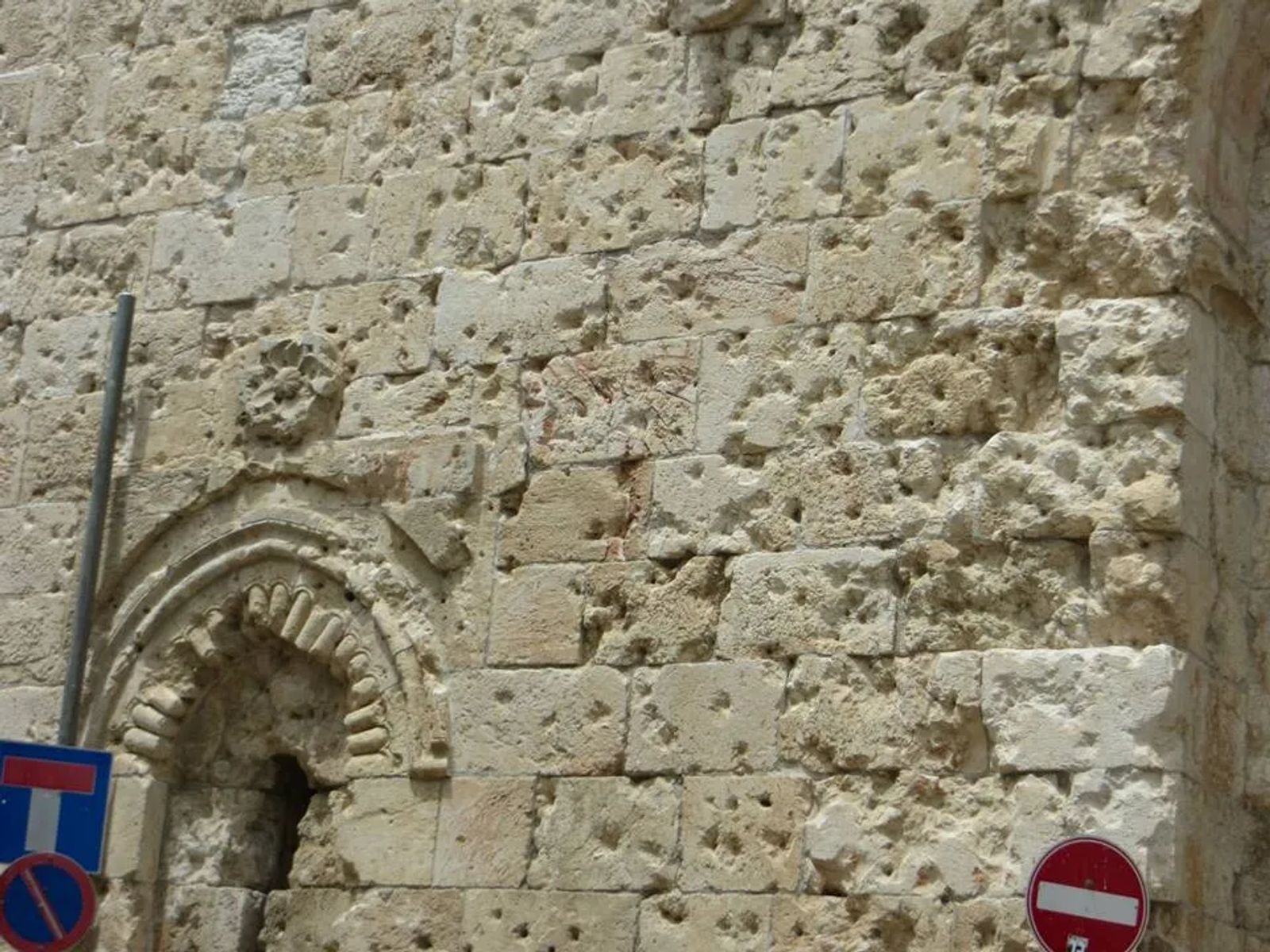
Jaffa Gate
- This gate is on the Western side of the city and it was used as the main entrance from the old city into the Temple Mount. It also faced towards the ancient city of Jaffa.
- The gate was first constructed in the Hasmonean period when this portion of the city had no natural defenses. Then in 37 BC, Herod the Great built three large towers, one of which still stands and is known as David's Tower.
- In 1948 the War of Independence ensued and the Israeli forces attempted to enter the city through this gate. If you look around the edges of the entrance you can still see large, deep bullet holes around the gate. Looking at these bullet holes gave me chills. I always hear about wars on the television, but seeing the scars on this gate that were bigger than my head made me realize just how intense the fighting here must have been. It made me grateful to live in the country I do.
- A road was eventually built here on the south side of the gate and is still used today as the major entry point for vehicles into the old city

Damascus Gate
- On the North Western Side of the city walls. This was the main entrance into the city in the time of Agrippa (ruler during the 1st century BCE). As time passed and the city grew with the Roman Rule, the gate was significantly enlarged with three arched openings. These gates led into a Roman-like courtyard (according to excavations) and a large statue of Emperor Hadrian was said to greet (and intimidate) travelers into the city. Two streets started from this courtyard, leading southward during that time; but still, function as the main thoroughfare today. The statue of Hadrian is now gone, but the surviving streets are now known as Khan A- Zeit (to the right) or Beit Habad street (to the left) and lead into the Muslim Quarter of the Old City.
- The Damascus Gate is also the gate that is nearest to the two most important Biblical sites in Jerusalem: Golgotha, just across the street, and Jesus' Tomb, which is 90 meters away.
- Travel Tip: Prices here are cheaper than other parts of the city, many people will tell you not to venture over here just for the lower prices, but tourists still go and are just fine. You will see Israeli soldiers stationed here, and in the past, some have been stabbed and shot in recent years so be aware of your surroundings, wear appropriate clothing, be respectful and you should be fine.
Travel Tip: Prices here are cheaper than other parts of the city, many people will tell you not to venture over here just for the lower prices, but tourists still go and are just fine. You will see Israeli soldiers stationed here, and in the past, some have been stabbed and shot in recent years so be aware of your surroundings, wear appropriate clothing, be respectful and you should be fine.
Zion Gate
- On the South West Side and is also known as the Gate of the Prophet of Davide, because of David's tomb on Mt Zion. This is near the Jewish and Armenian Quarters of the Old City.
New Gate
- Also on the Western Side of the City, this gate was once a wall built by the Ottoman Empire in 1540. It was 350 years later that this 'New Gate' was built into the wall to allow for easier access into the Christian Quarter from the outlying monasteries.
Golden Gate
- This is a sealed gate on the eastern side of the city and was built around 640 A.D. by the last of the Byzantine rulers. It is also known as the Gate of Mercy because according to Jewish tradition, the Messiah will enter Jerusalem through this gate. The gate is now sealed, as the Muslim people during the time of Suleiman wanted to prevent this.
Herod's Gate
- On the North Side of the city, and was the gate that led to Herod's Palace - because why wouldn't a man named Herod the Great have his own entrance. It is also known as the Flower Gate because of the flowers that adorn the stone surrounding the entrance. This gate leads into the Muslim quarter on the Northern Wall.
Dung Gate
- This gate is located on near the Western wall. There are different theories for the naming of this gate, one wch when trash was cleared out of the city through this gate. It is also known to some as the Gate of the Moors due to North African immigrants living near the gate in the 16th century.
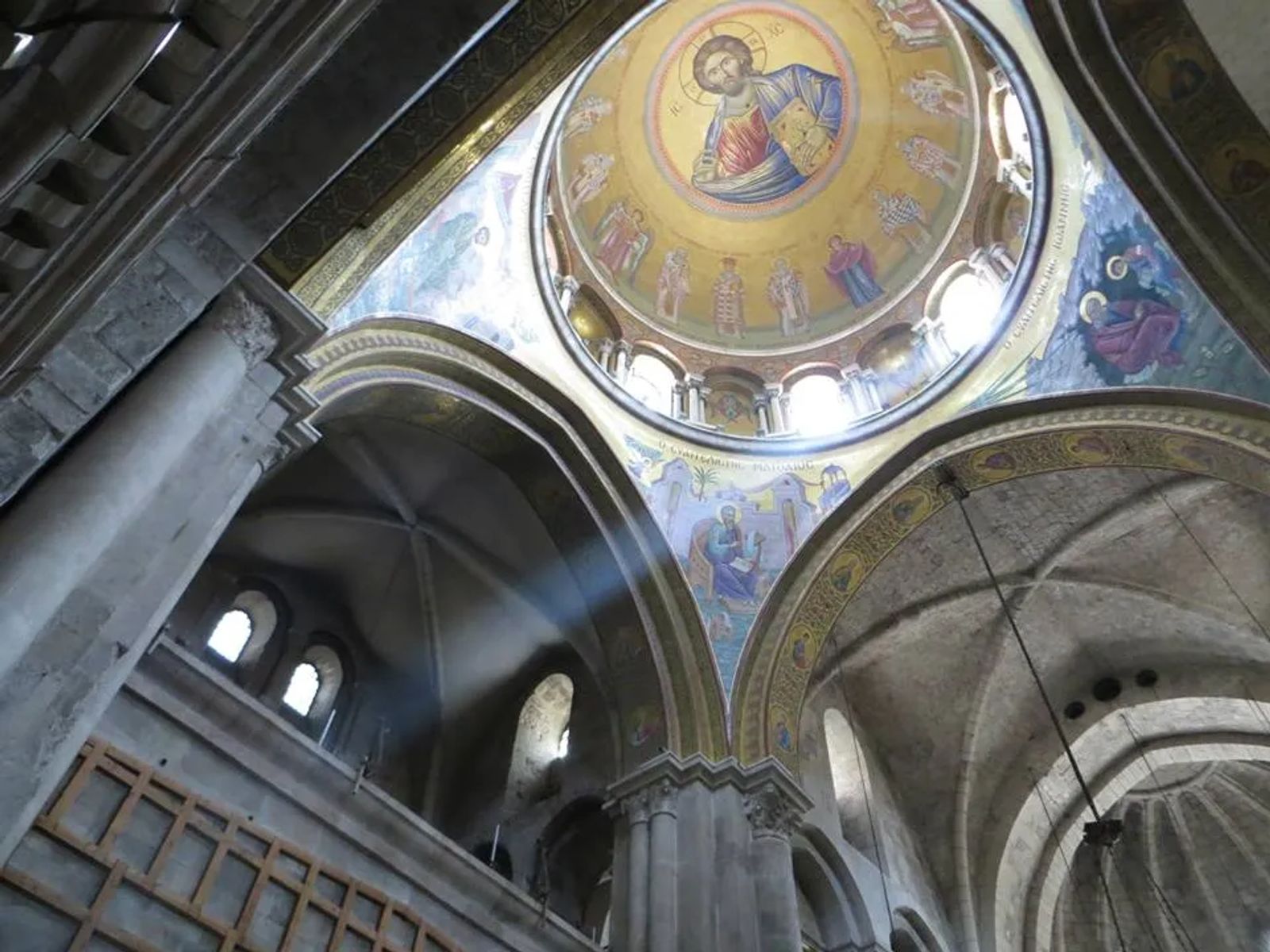
The Ultimate Visit To the Holy Land
No matter what street you take, what building you enter in this ancient city -- you will find some historical or religious facts that will strike you at the very core. You can visit this city if you are Christian, Atheist, Muslim, Jewish, an archaeologist, or historical fan and leave feeling moved. The best advice I could give anyone in visiting this city, keep an open mind and especially an open heart. Have conversations with the locals, ask about their lives, discover the modern and ancient history melding together in a beautiful story that continues to be told and created even today.
As Always....Happy Travels, Happy Tales, and See YOU on the Flip Side ;)
Tours Available in Jerusalem:
Lonely Planet:
- 8 Day Tour of Jerusalem from Tel Aviv to Jerusalem
- National Geographic Journeys Touring Israel and Jordan (15 days)
- Israel 7-Night Tour: Jerusalem, Bethlehem, Nazareth, Galilee
Viator Mini Tours:
- Jerusalem Three Religions Holy Walking Tour
- West Bank Tour from Jerusalem (free cancellation)
- City of David Underground Jerusalem Day Tour
Christian Tours:
- Catholic Christian Tour of Jerusalem from Tel Aviv
- Protestant Christian Tour of Jerusalem from Tel Aviv
- Christmas Eve in Jerusalem with Midnight Mass (from Jerusalem)
- Latter Day Saint Tours of the Holy Land with optional Petra (Jordan) Tour via Cruise Lady
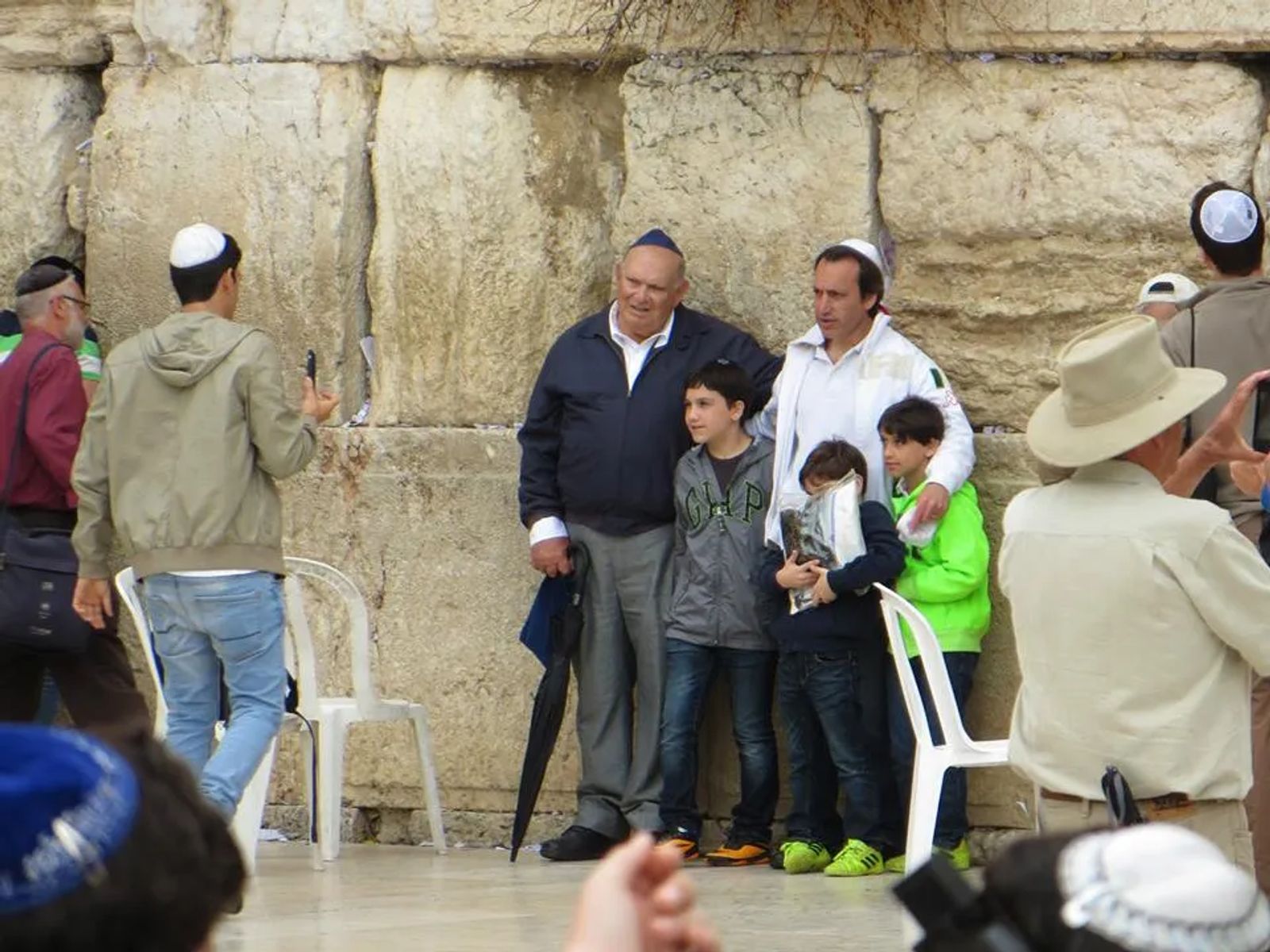
How to Get Around in Jerusalem:
How to Use the Buses and Light rails in Jerusalem
Safety in Jerusalem:
I was with a tour group while there and felt completely safe in Israel. This was about 2 months before a skirmish broke out between Gaza and Israel. There is a lot of sensationalism in the media about this country, but just keep your ears and eyes open. Avoid the Old City on Fridays as this is typically when the two religions are there praying at the same time and there are clashes between the two on occasion.
Trip Advisor Forum on Safety in the Old City
Like it? Pin It and Share the Love!
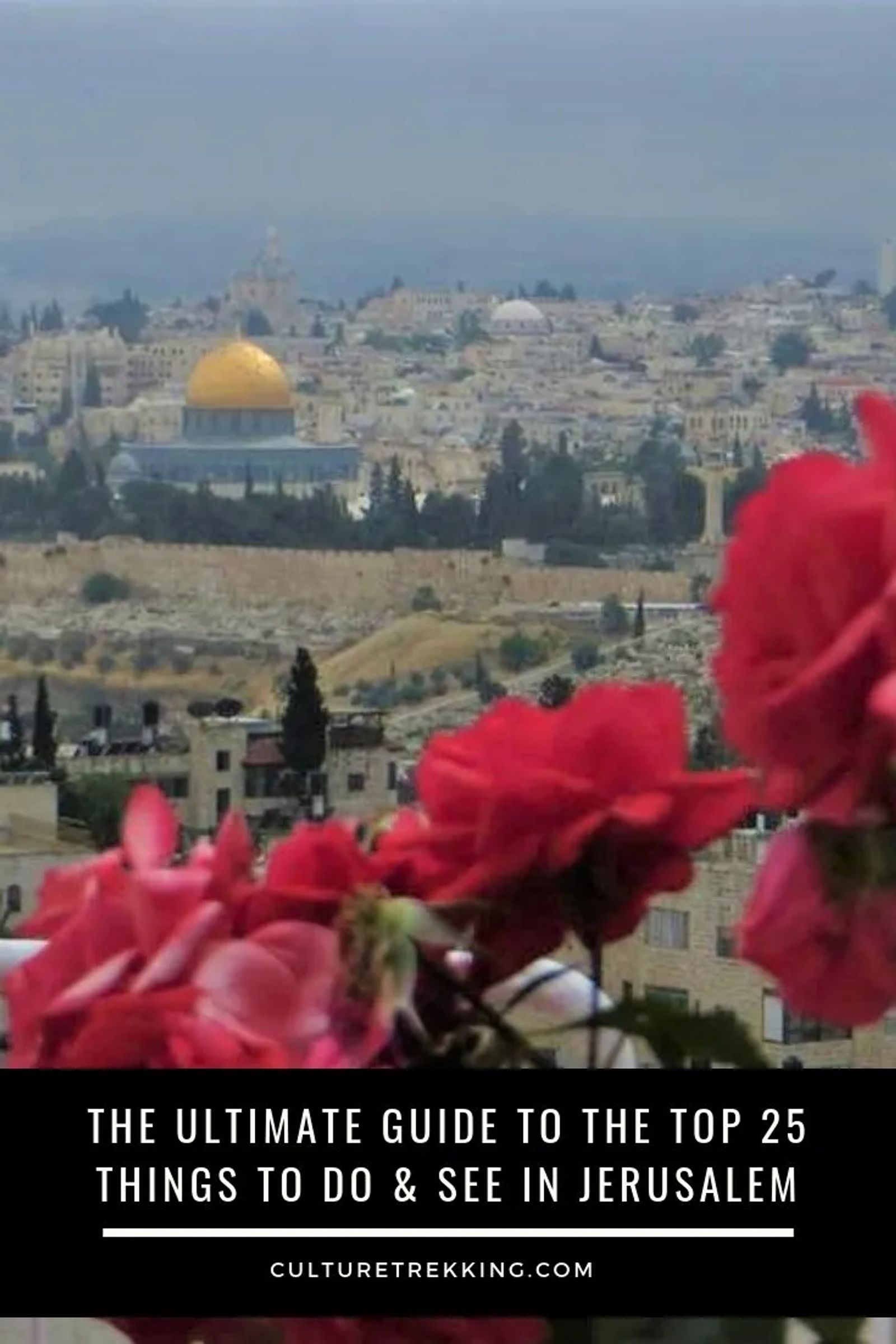

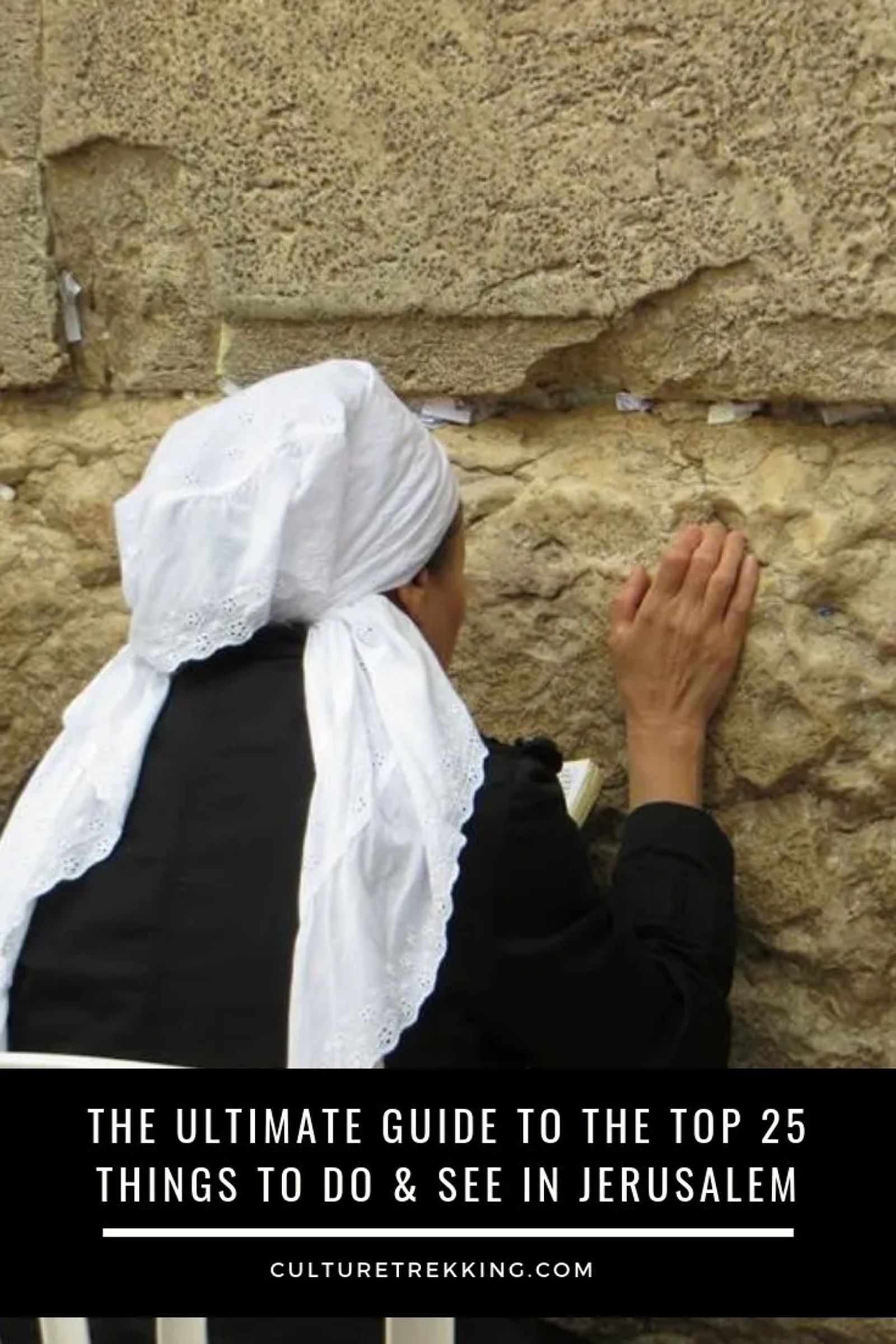
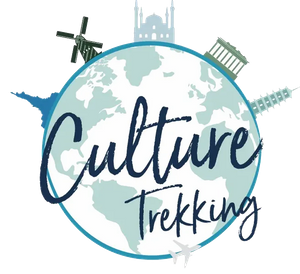

Welcome to Culture Trekking!
My name is Janiel, a leader in the travel industry with over 20+ years of experience with international travel. I specialize in solo female travel, cultural connections, sustainable adventures, food and history to help make your travel experiences fun, meaningful, and delicious. My experience in travel, and my personal story have allowed me to get published in Fodor's Travel, Atlas Obscura, Metro.co.uk, Trip Advisor, and multiple Podcast interviews. You can find me on pretty much every social media channel YouTube, Instagram, Twitter, Facebook, Pinterest, TikTok. To read more about me and my story click here. If you are a brand and would like to work with me, click here.


